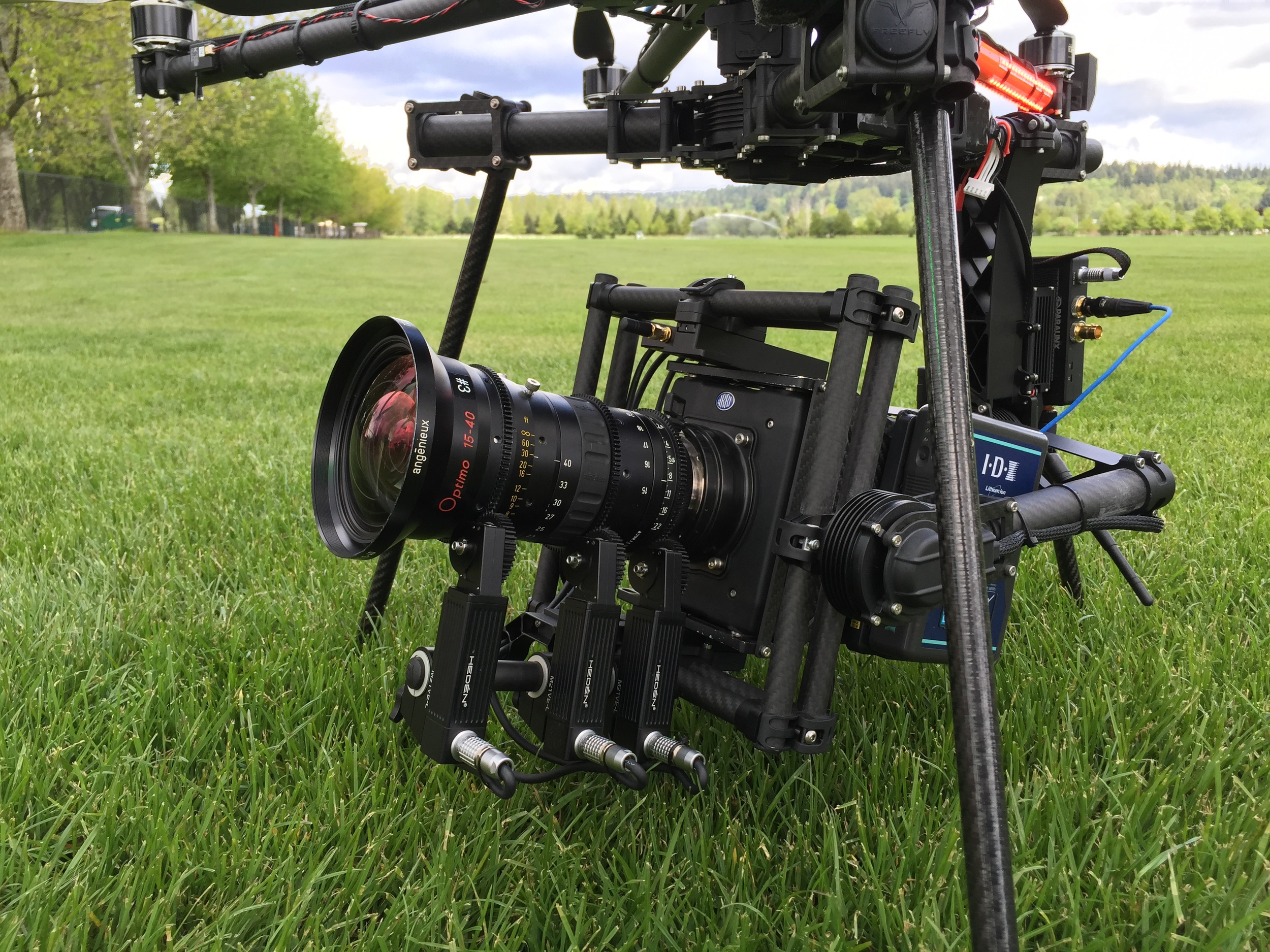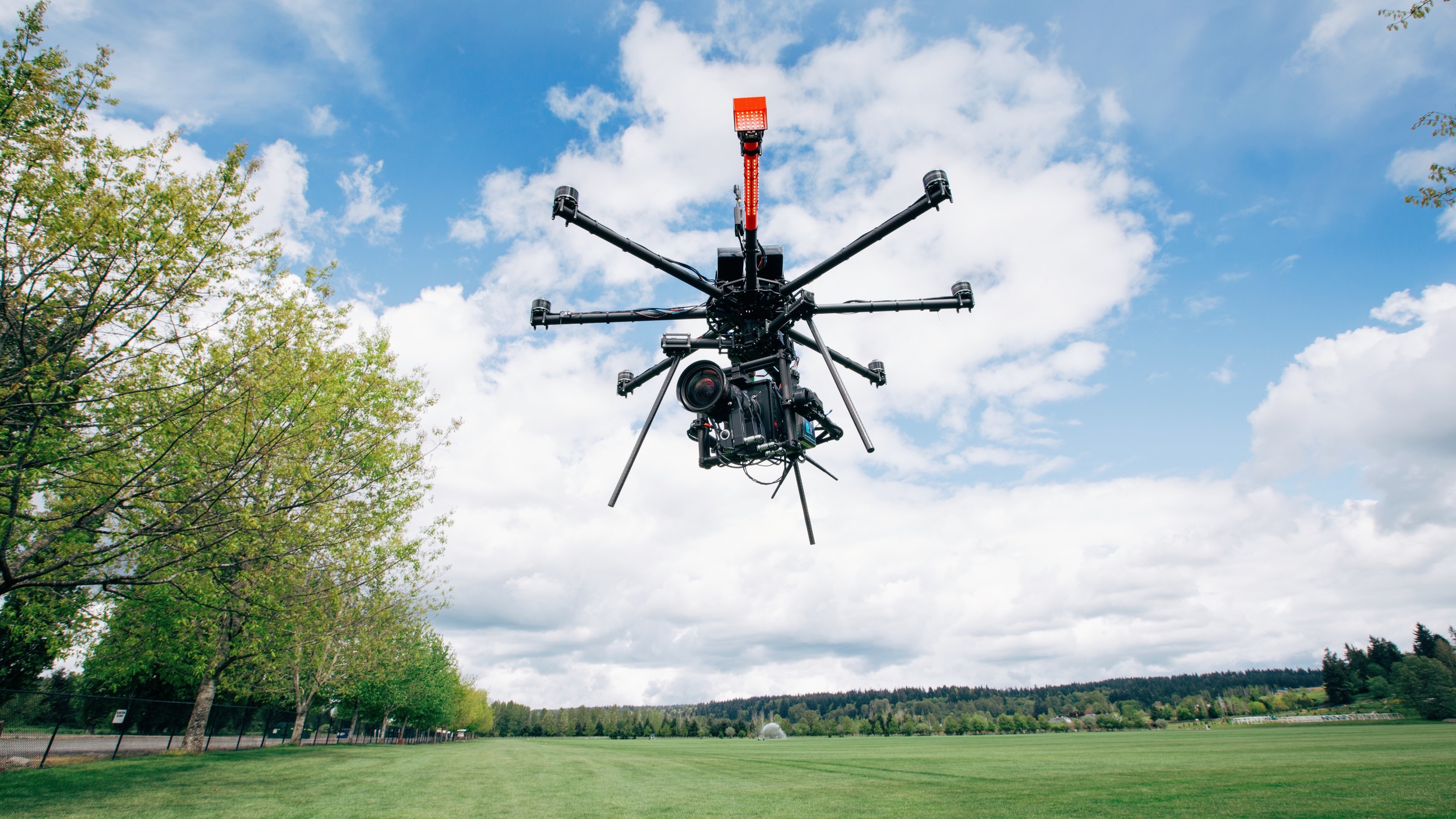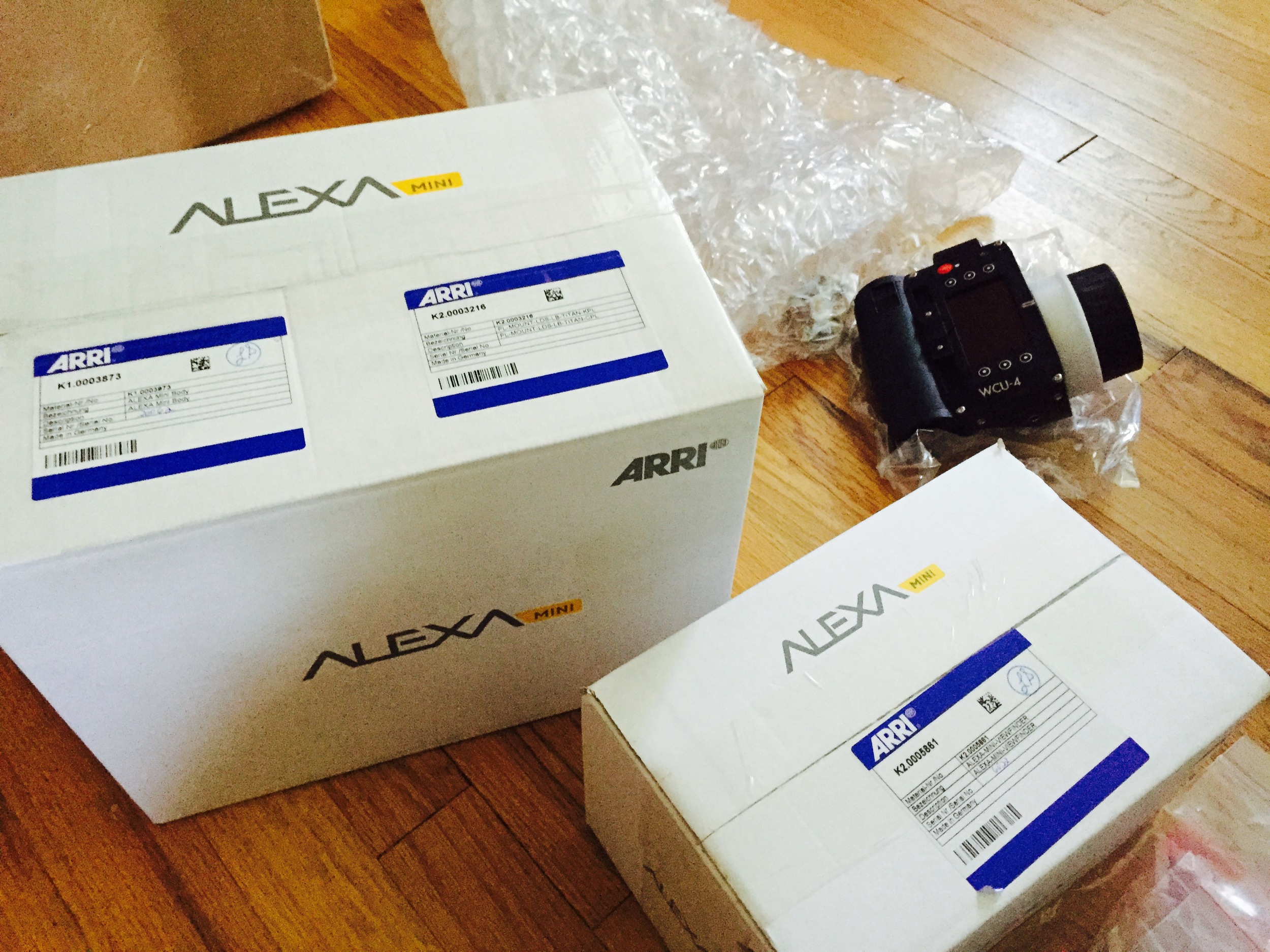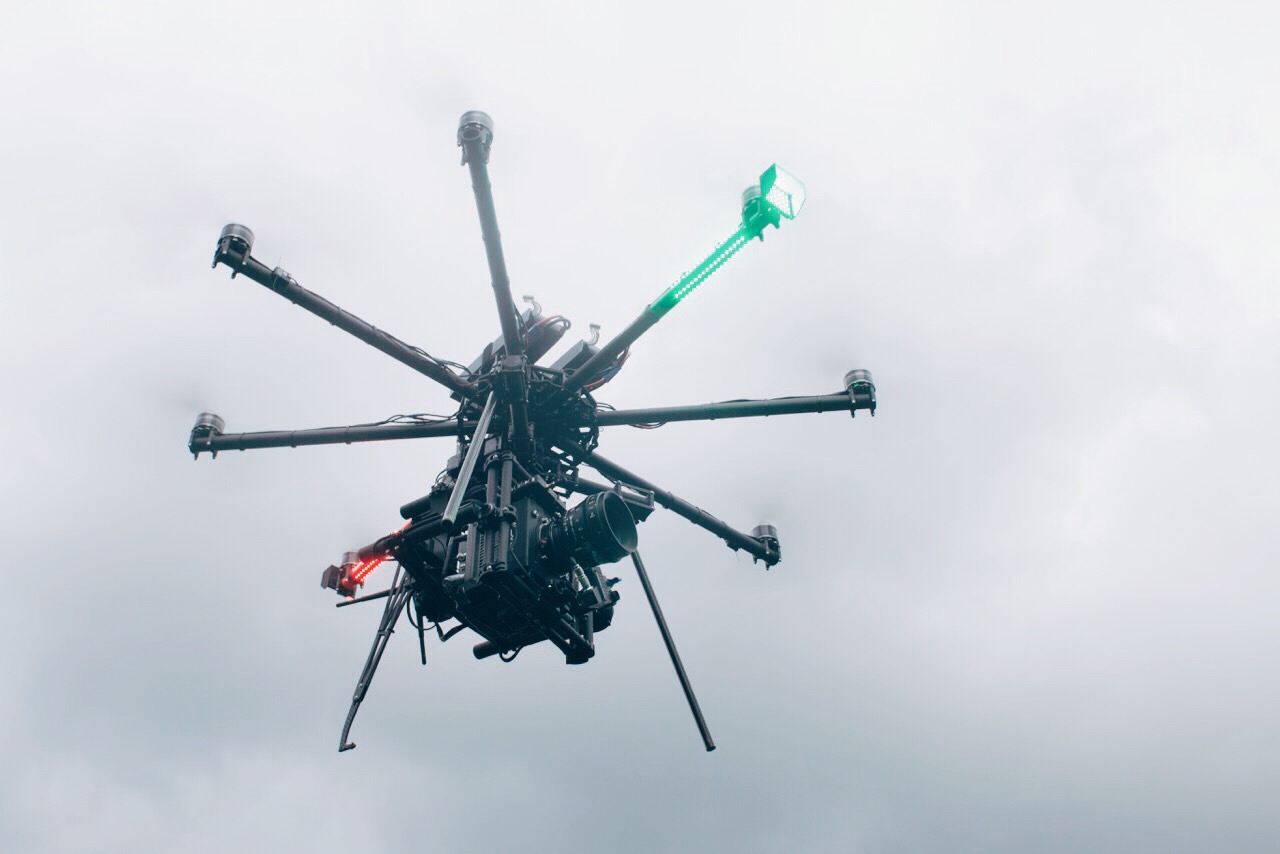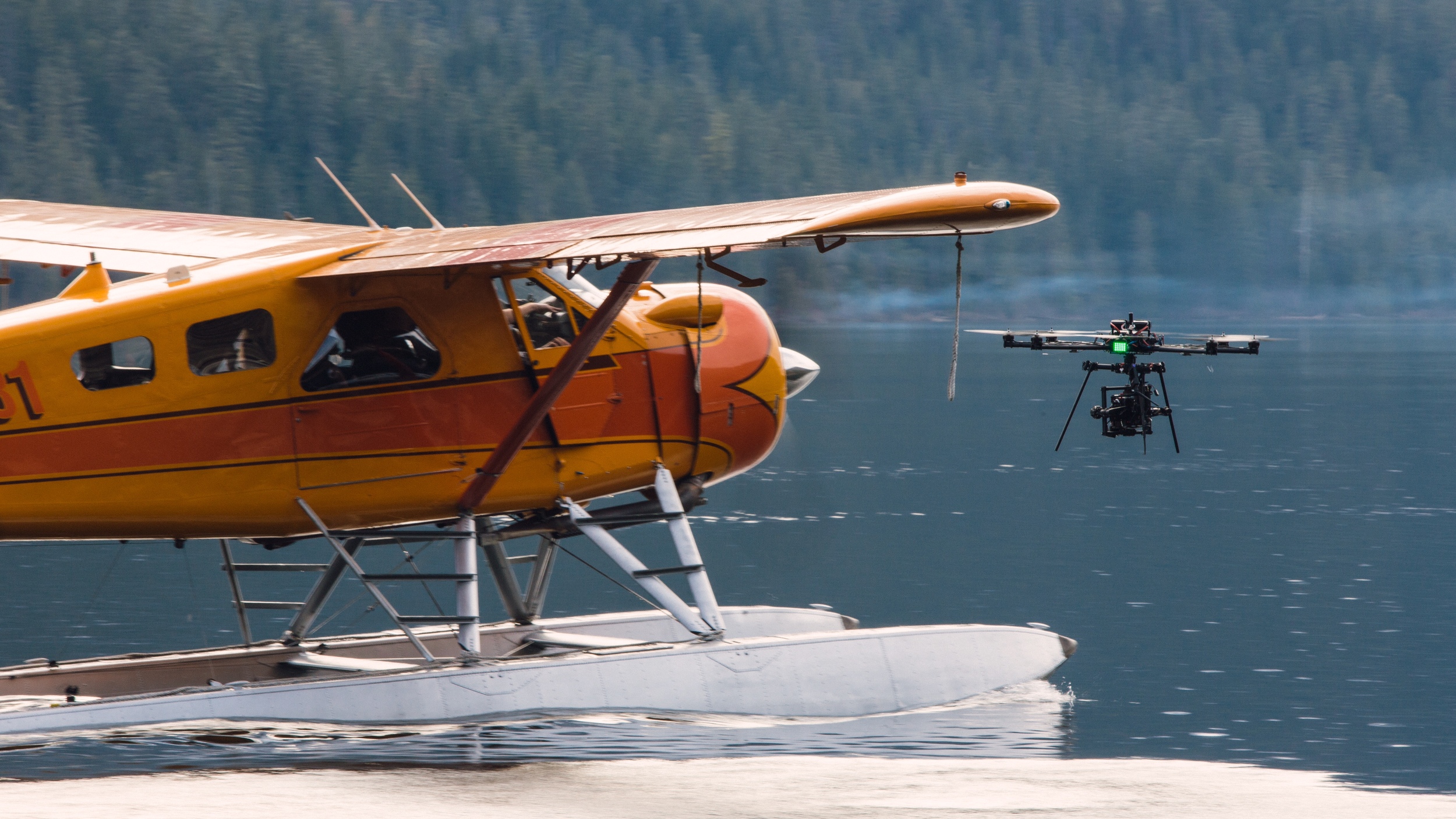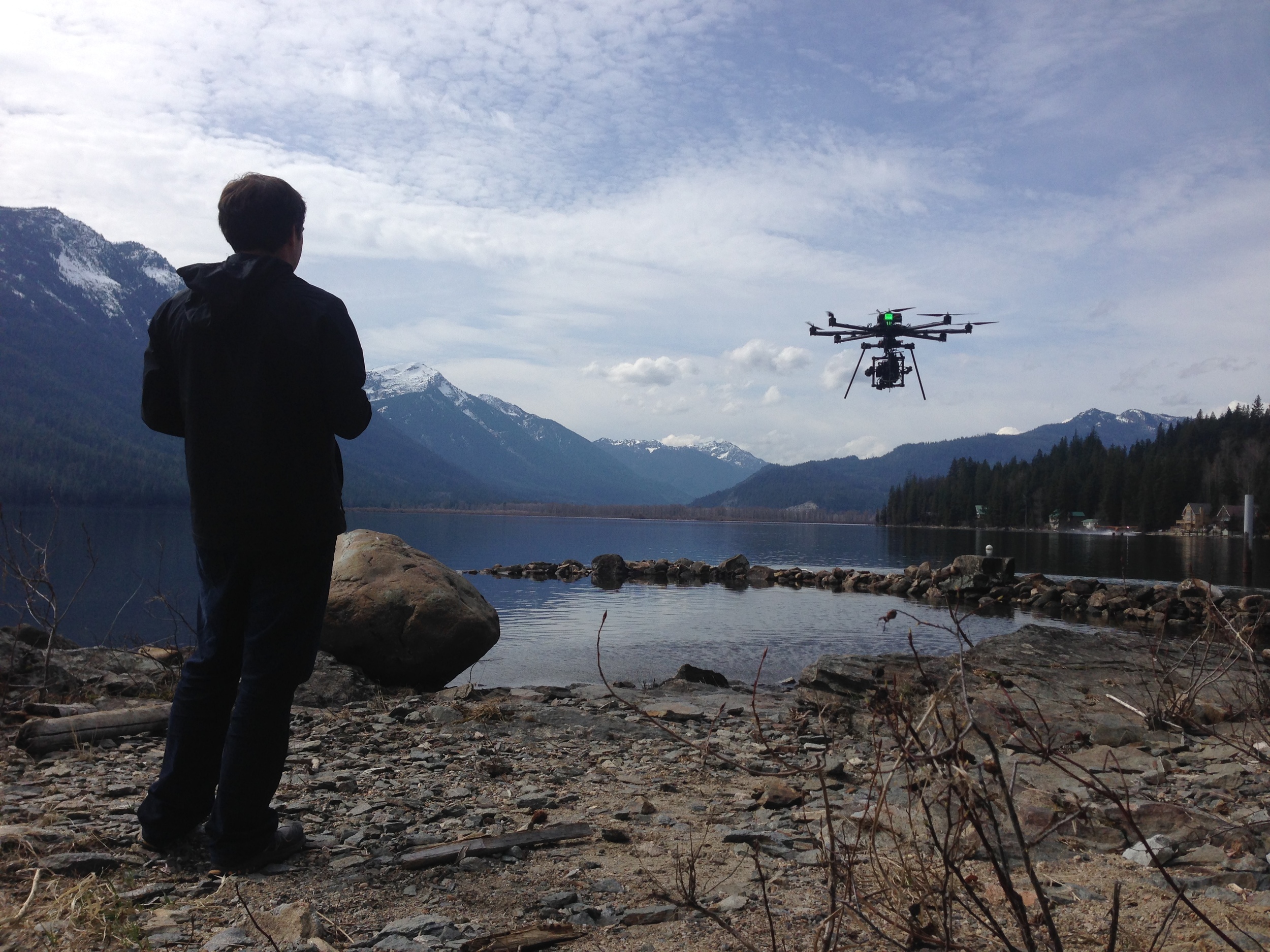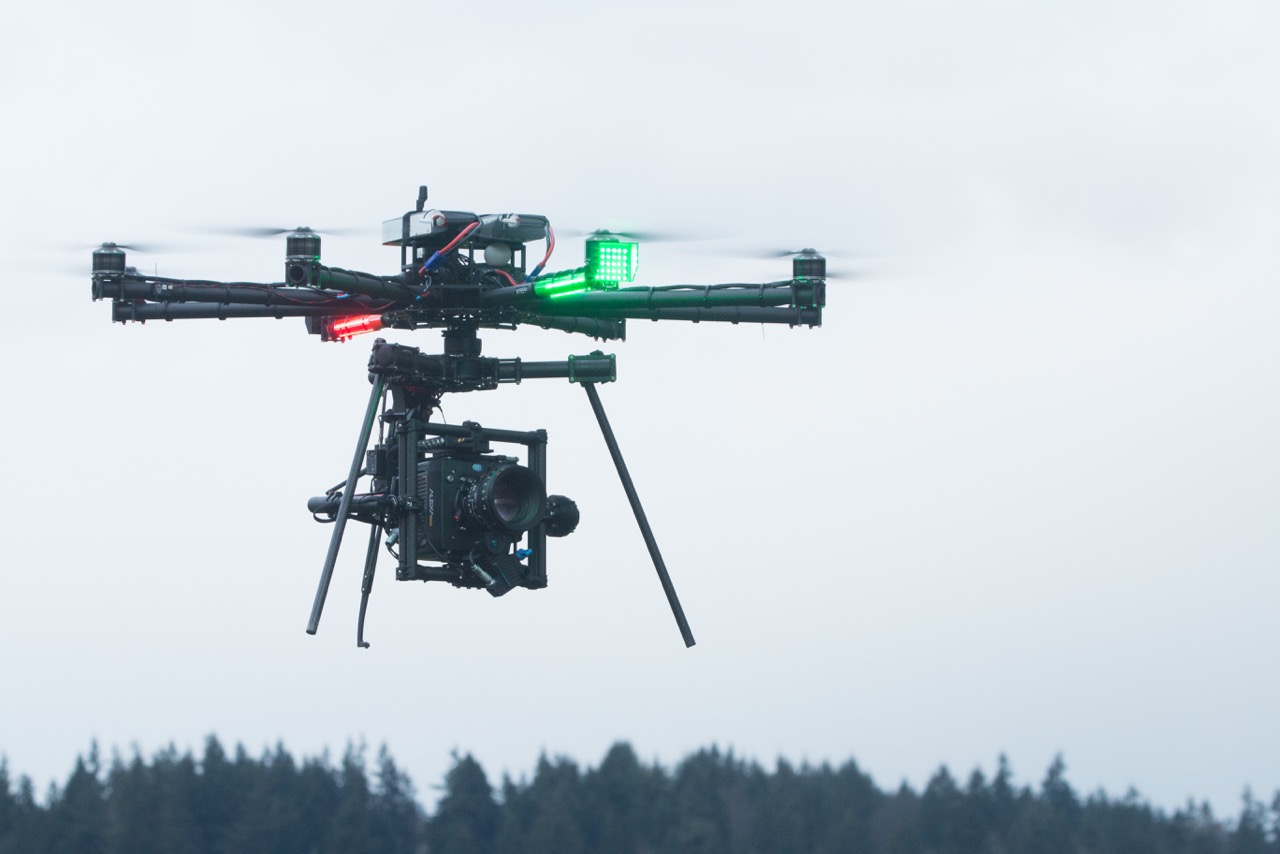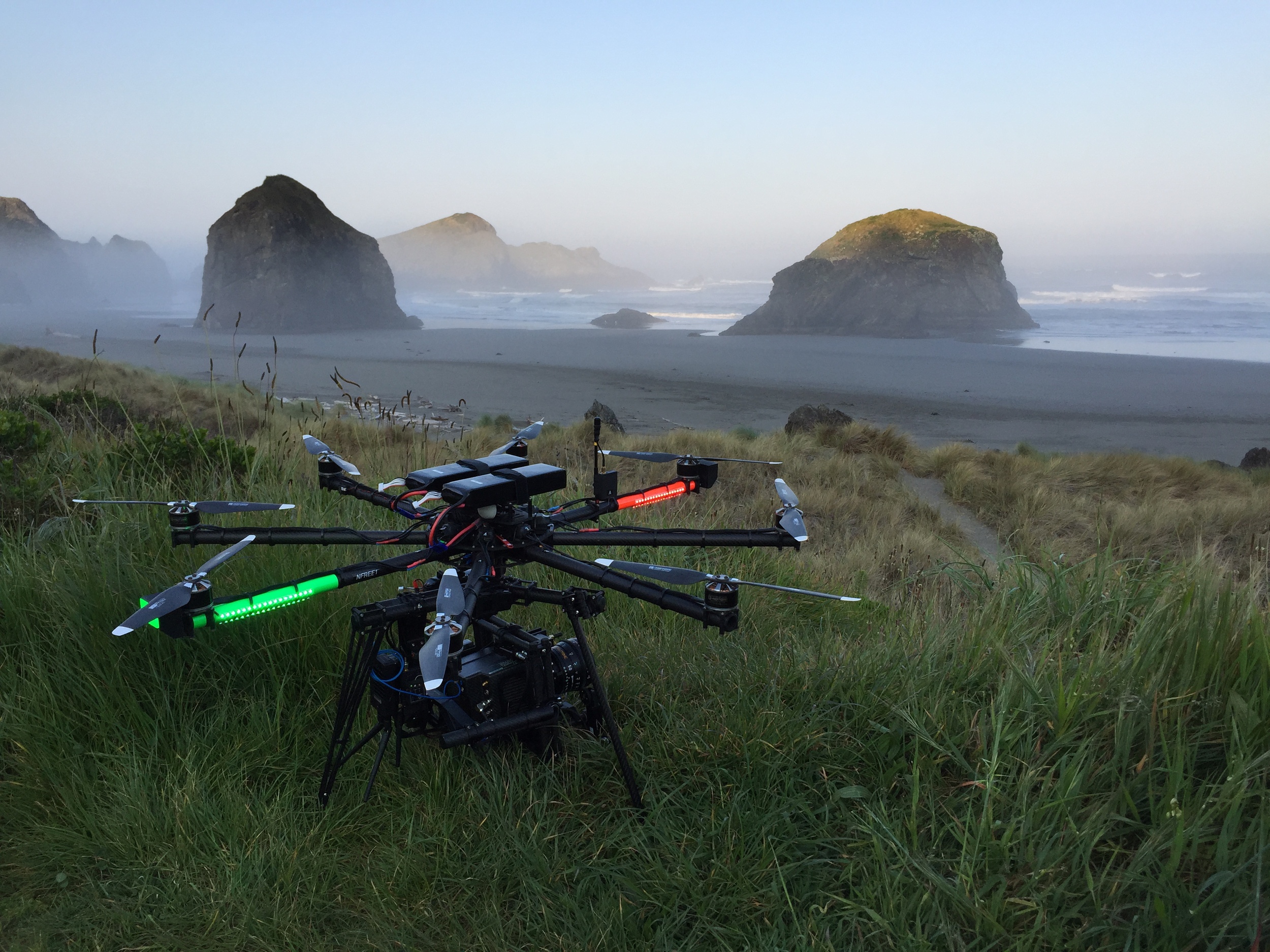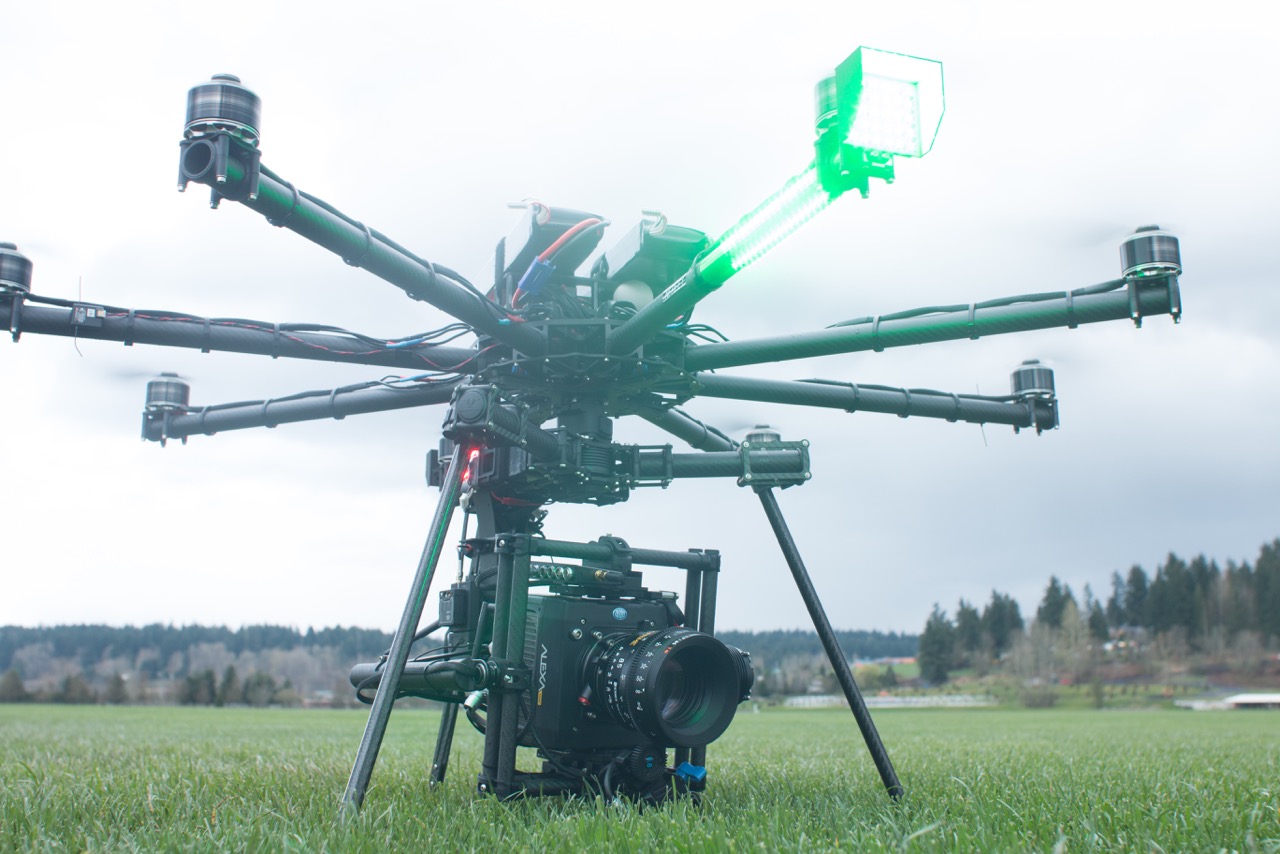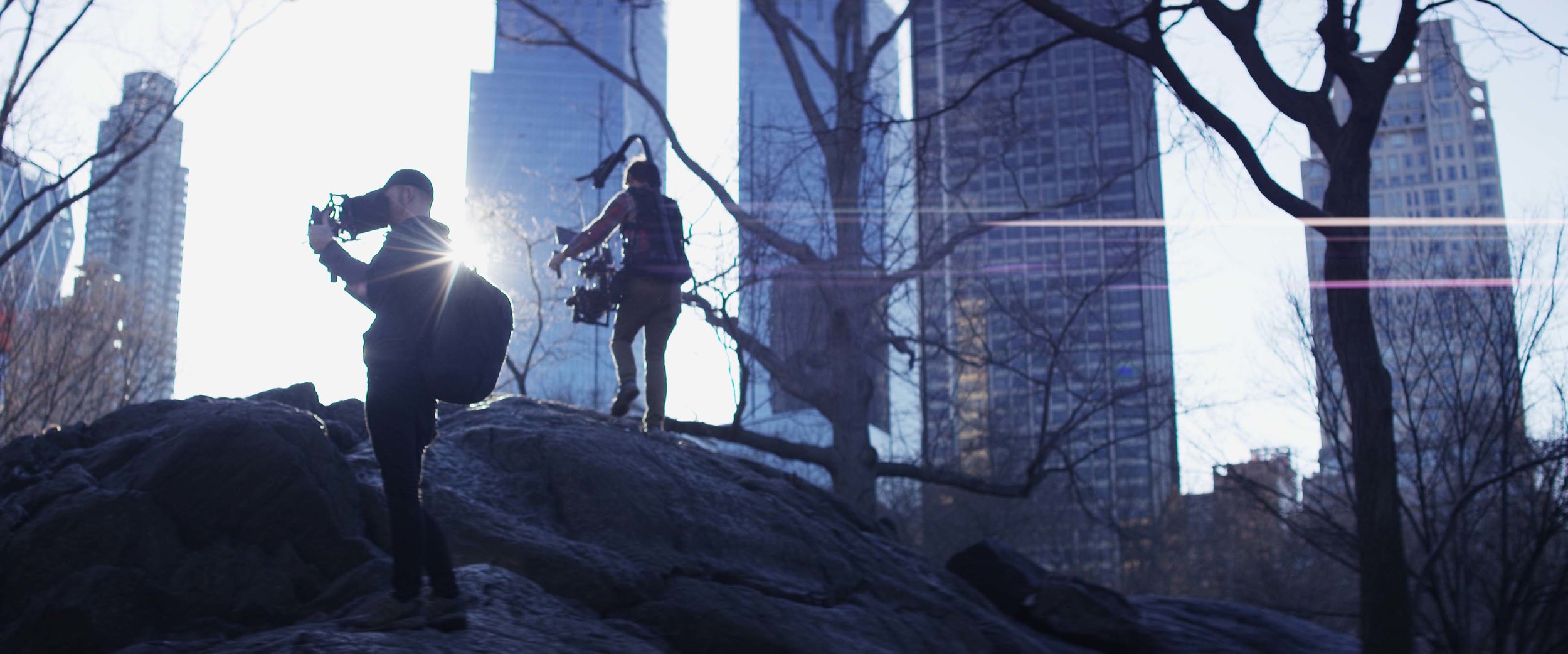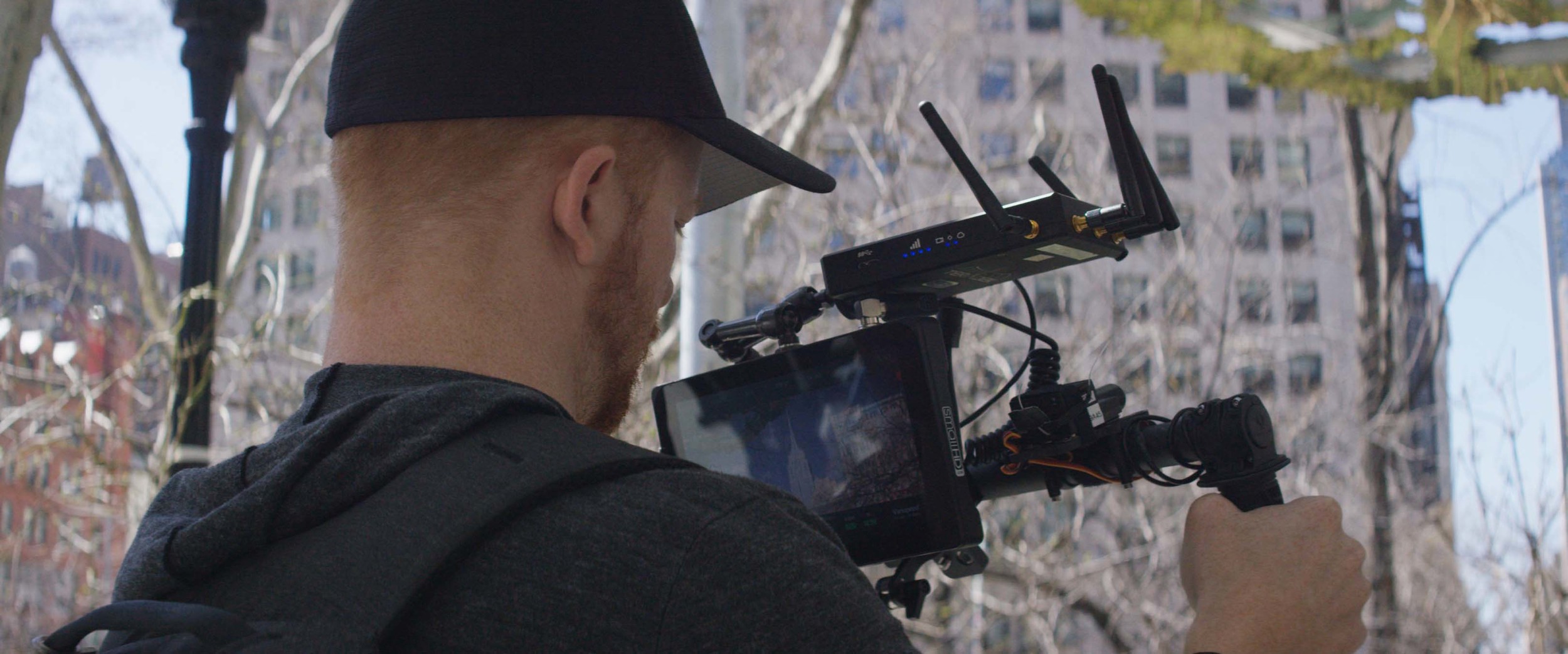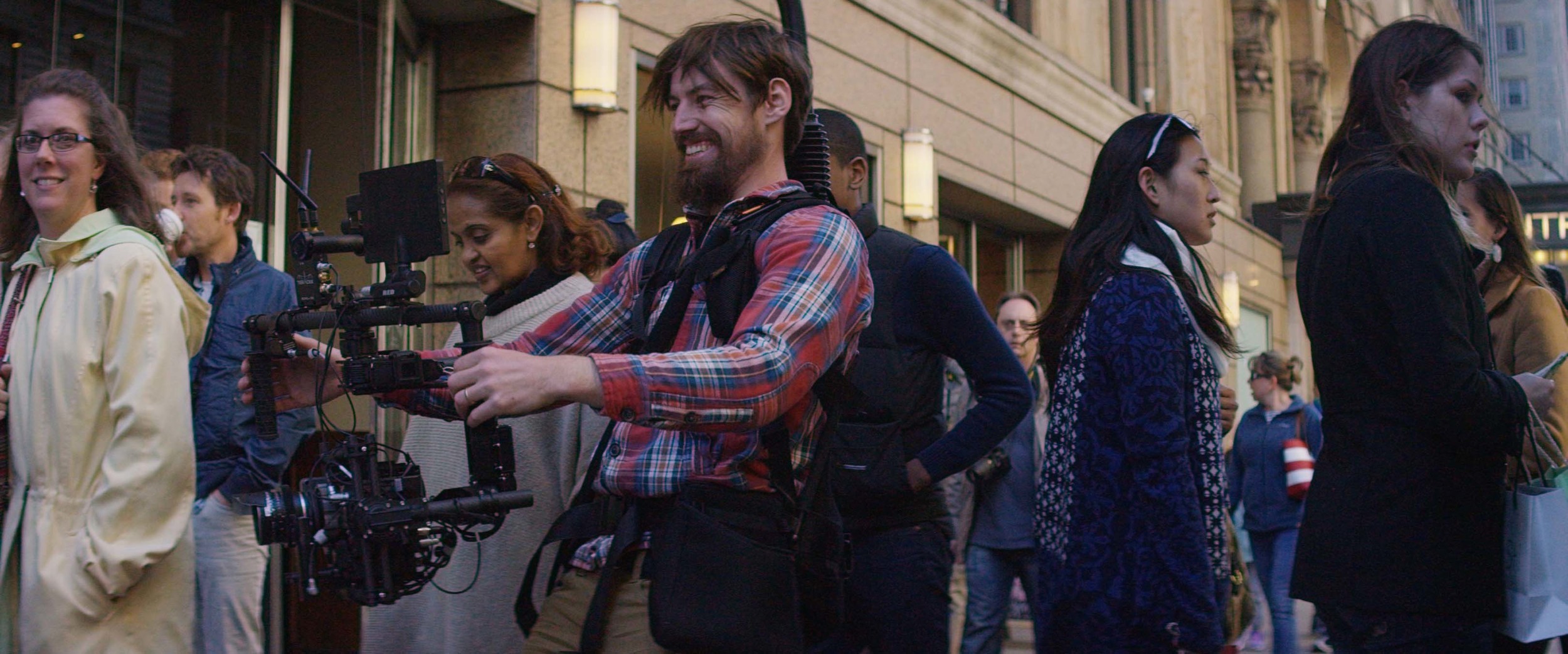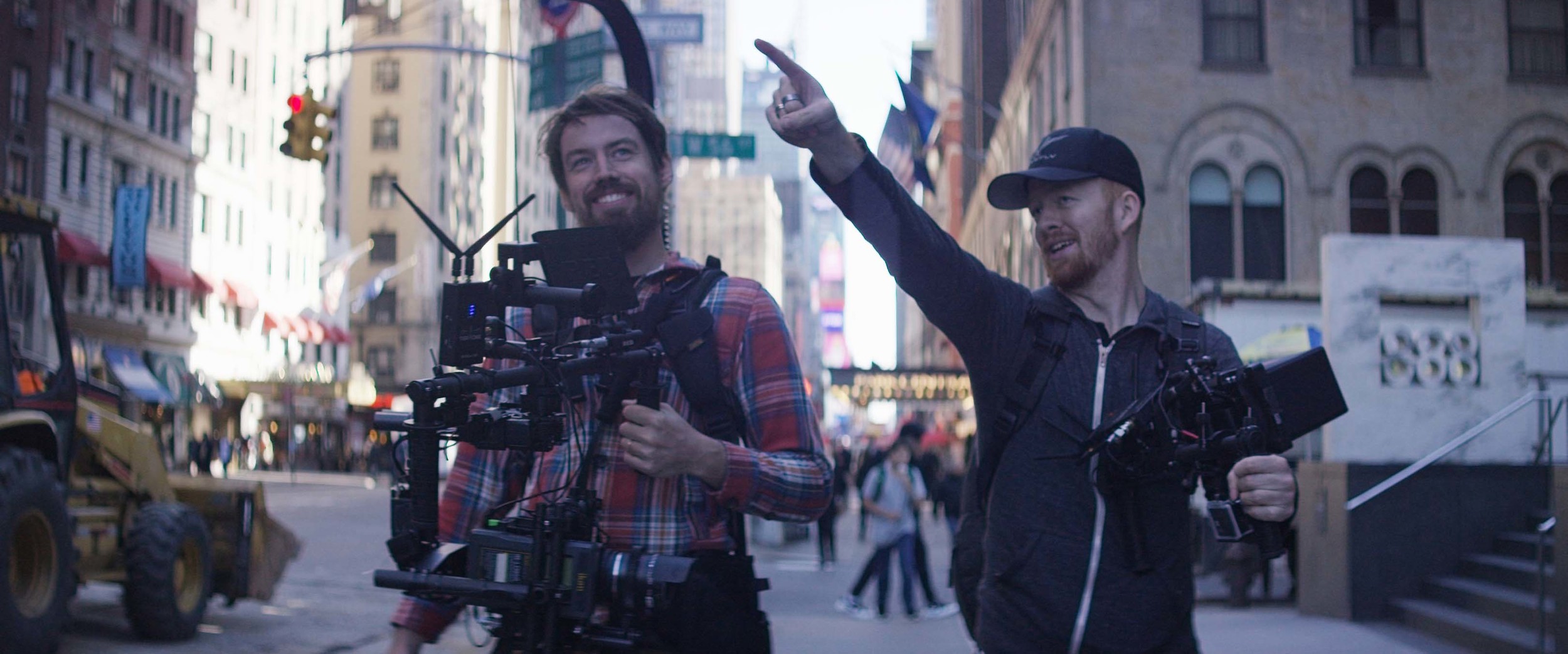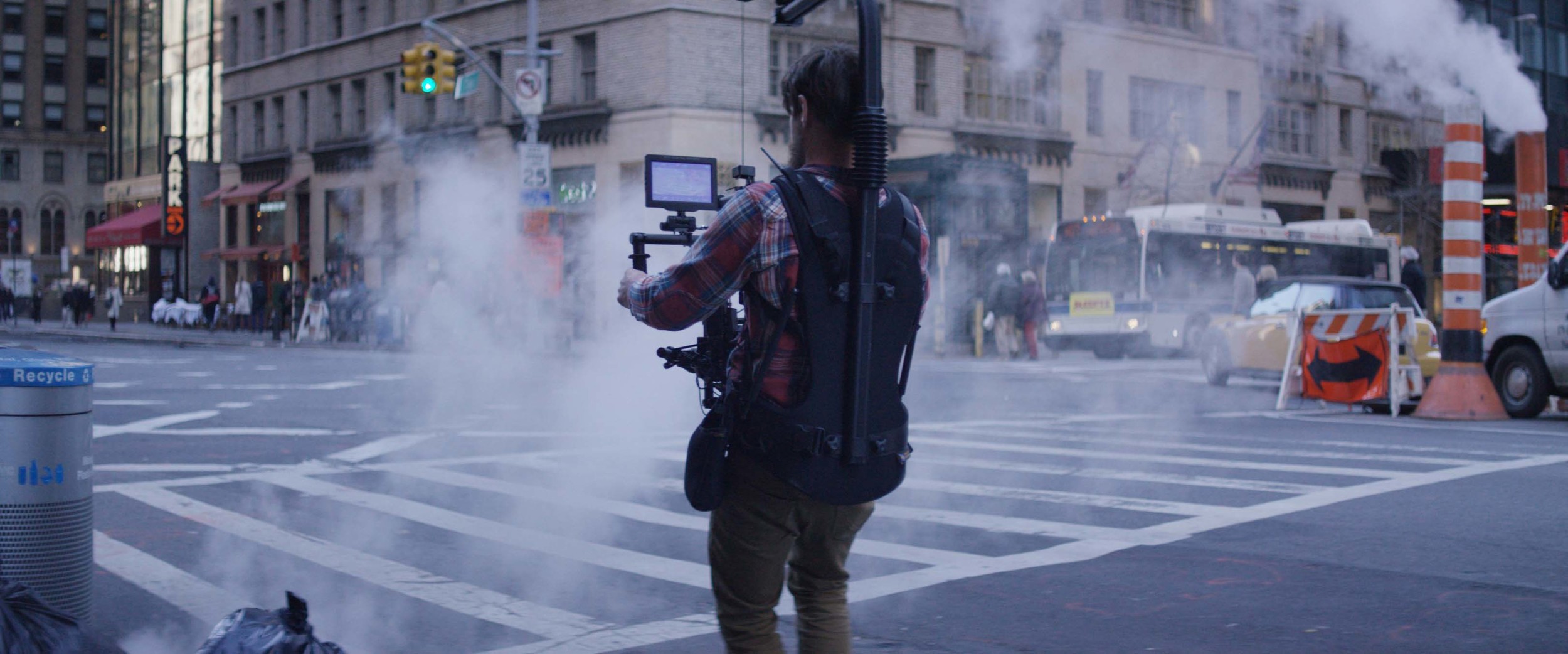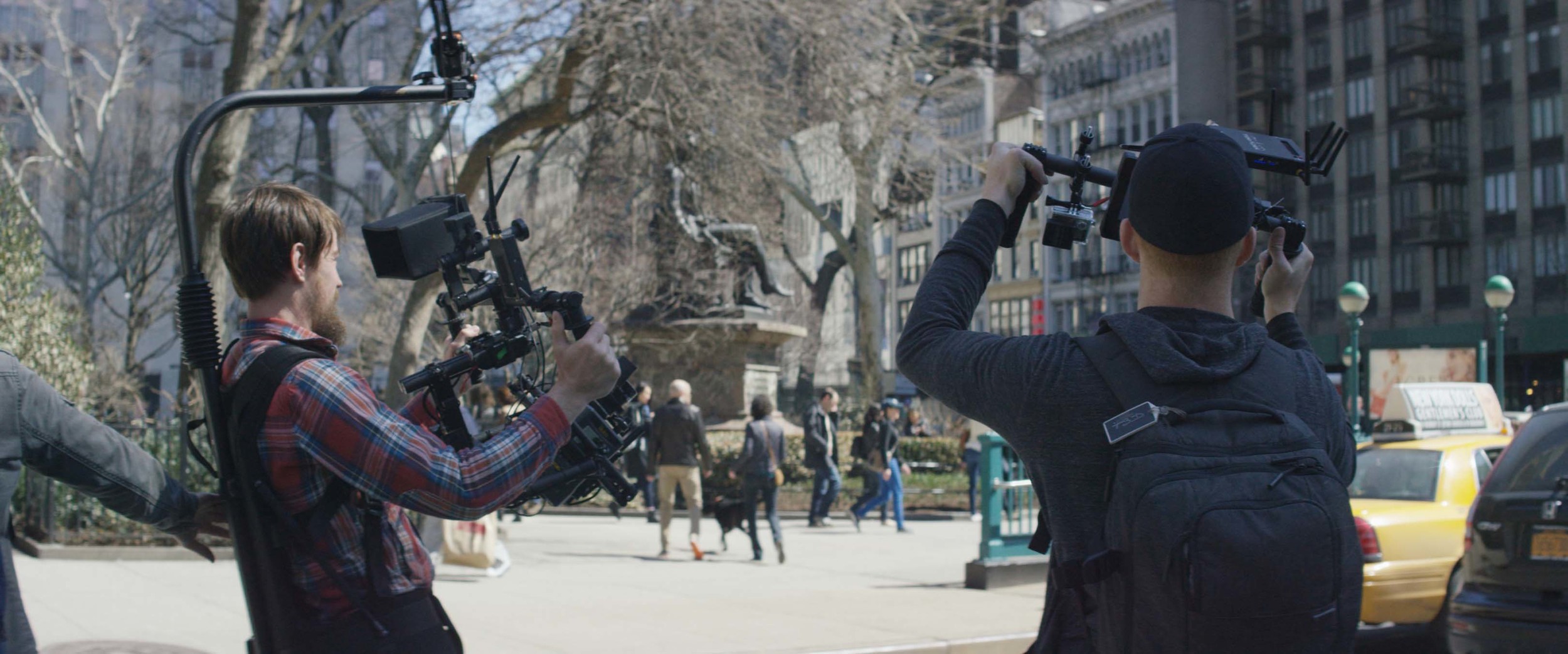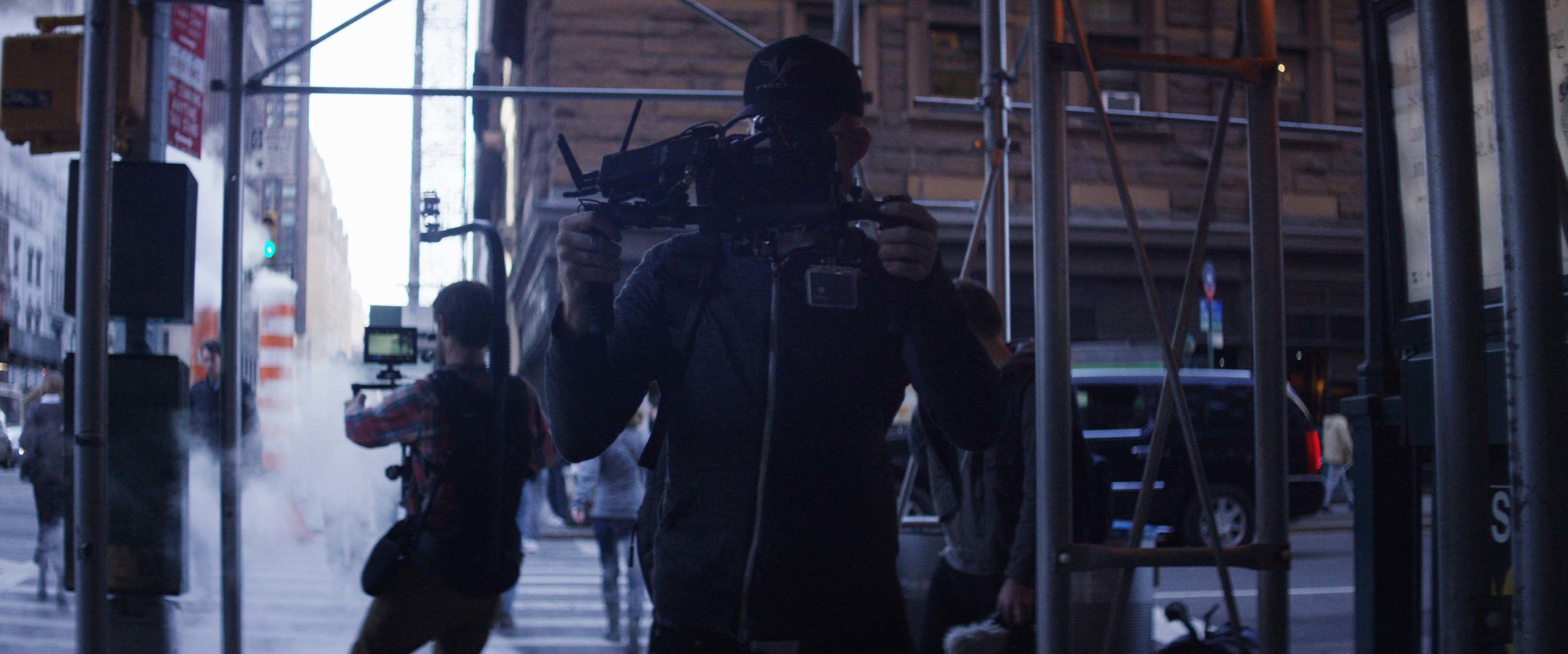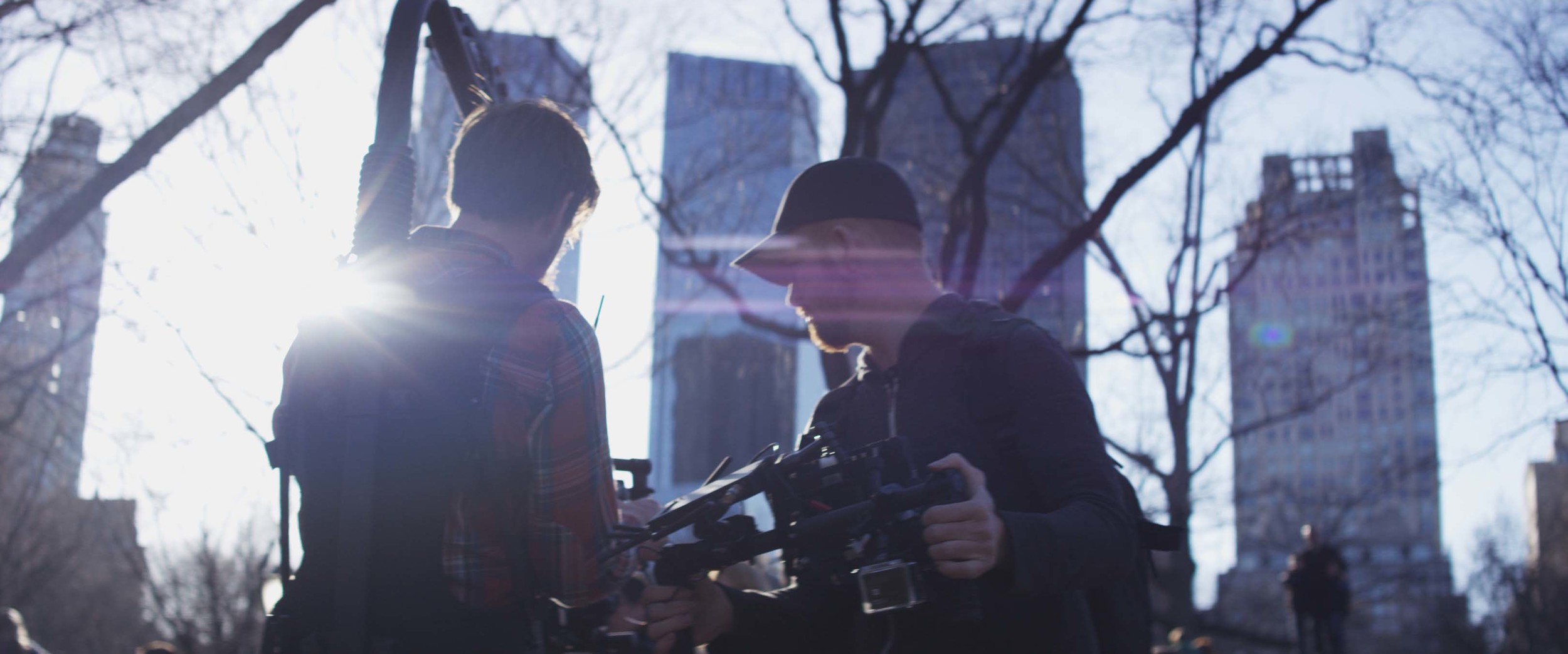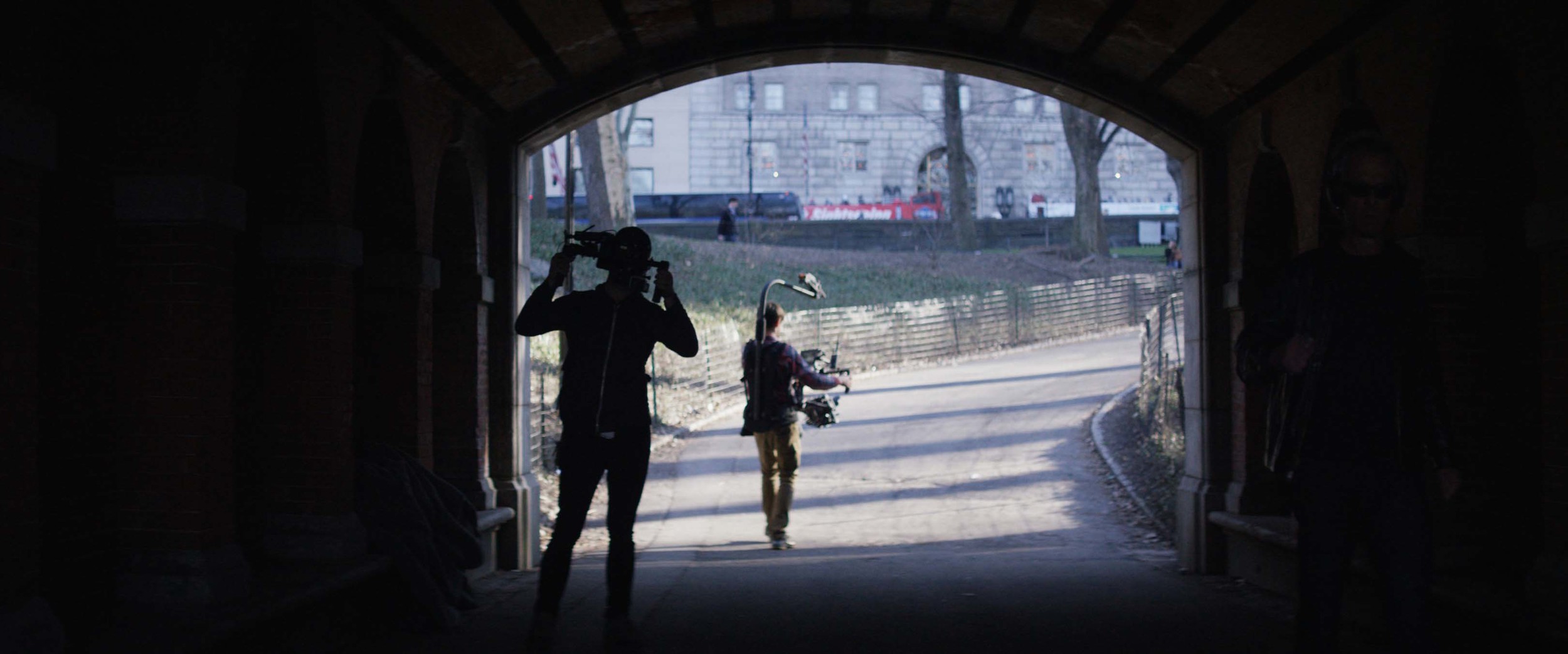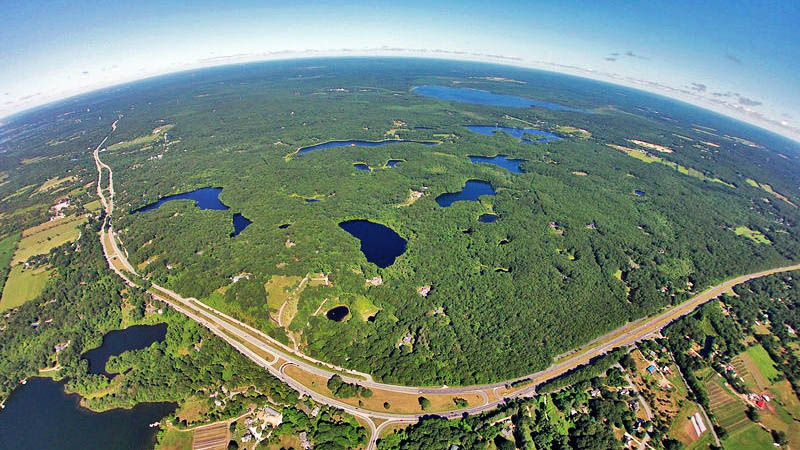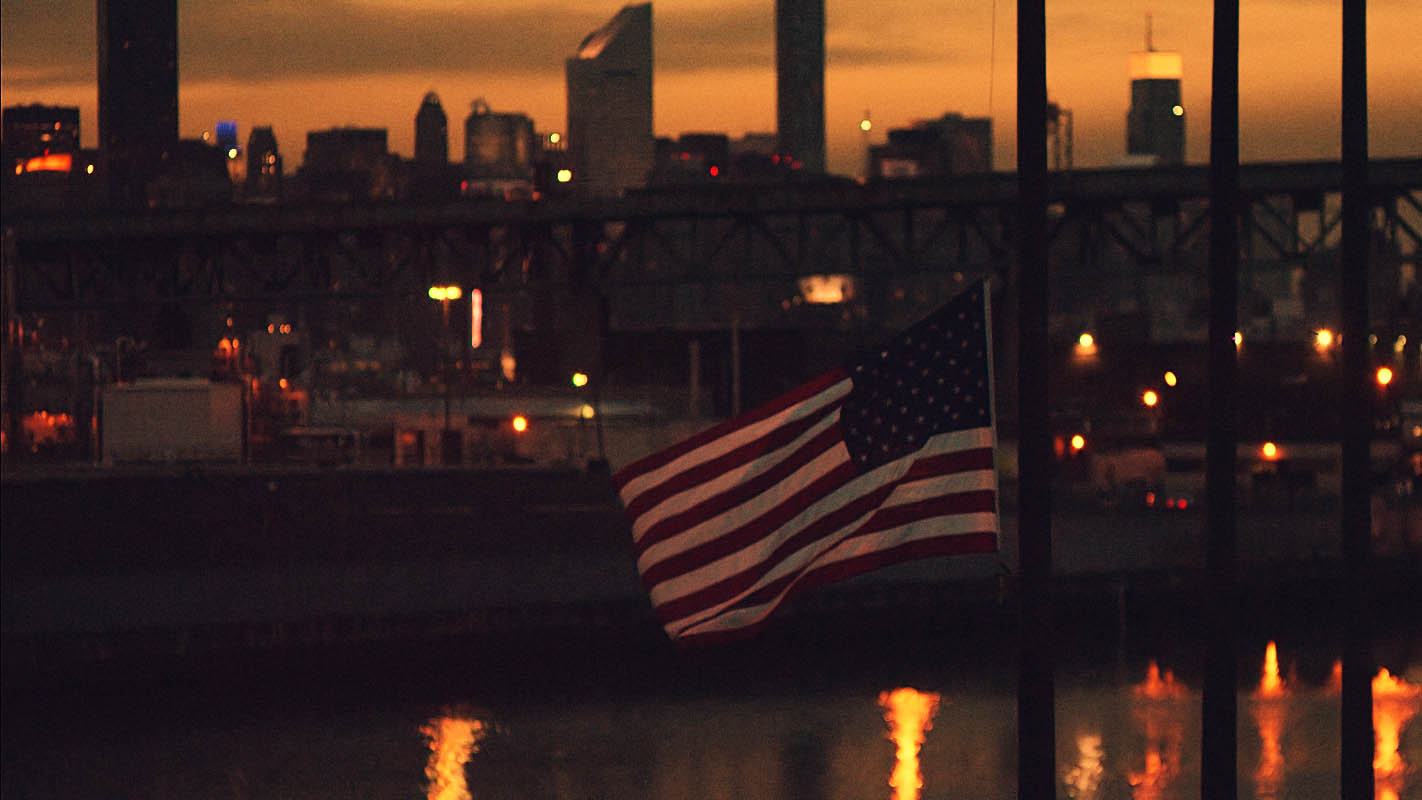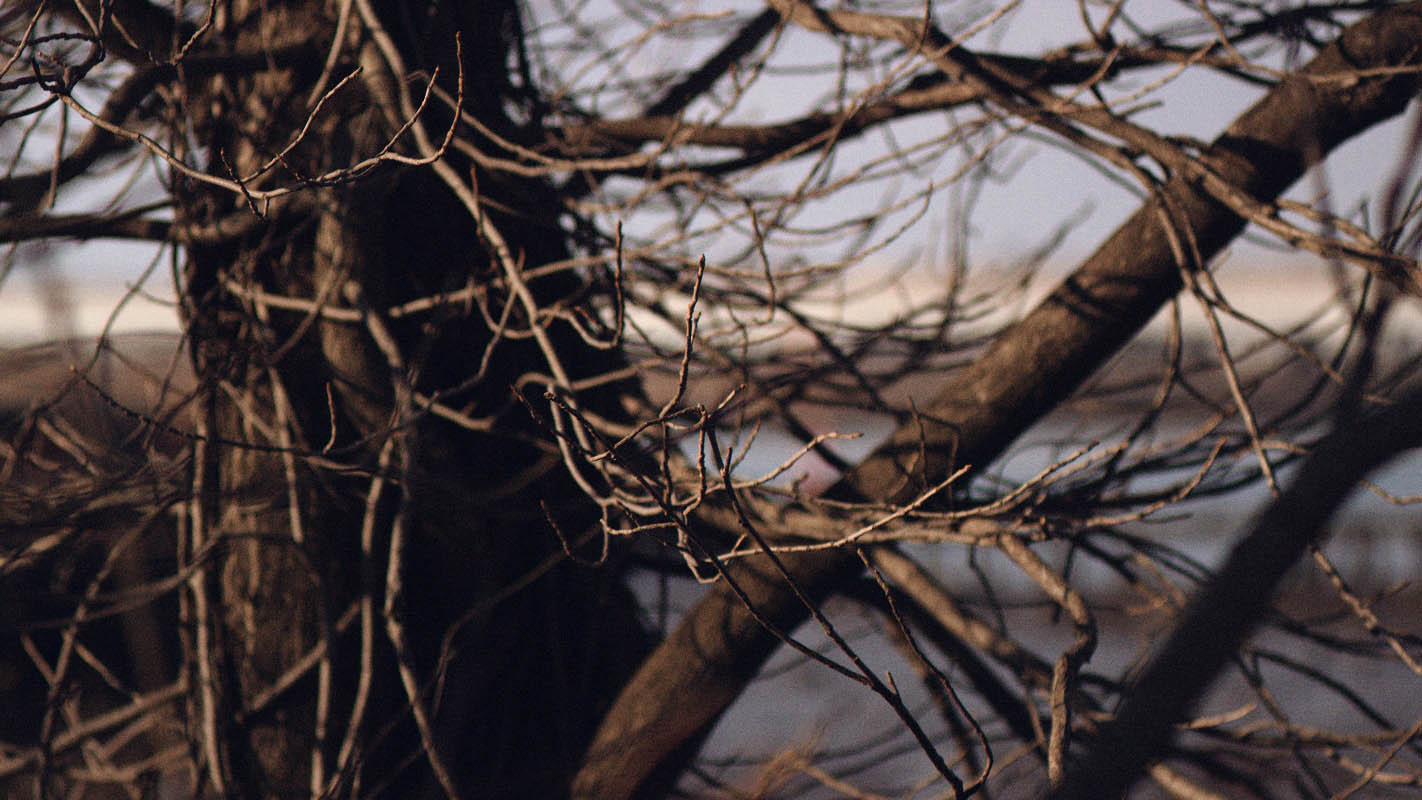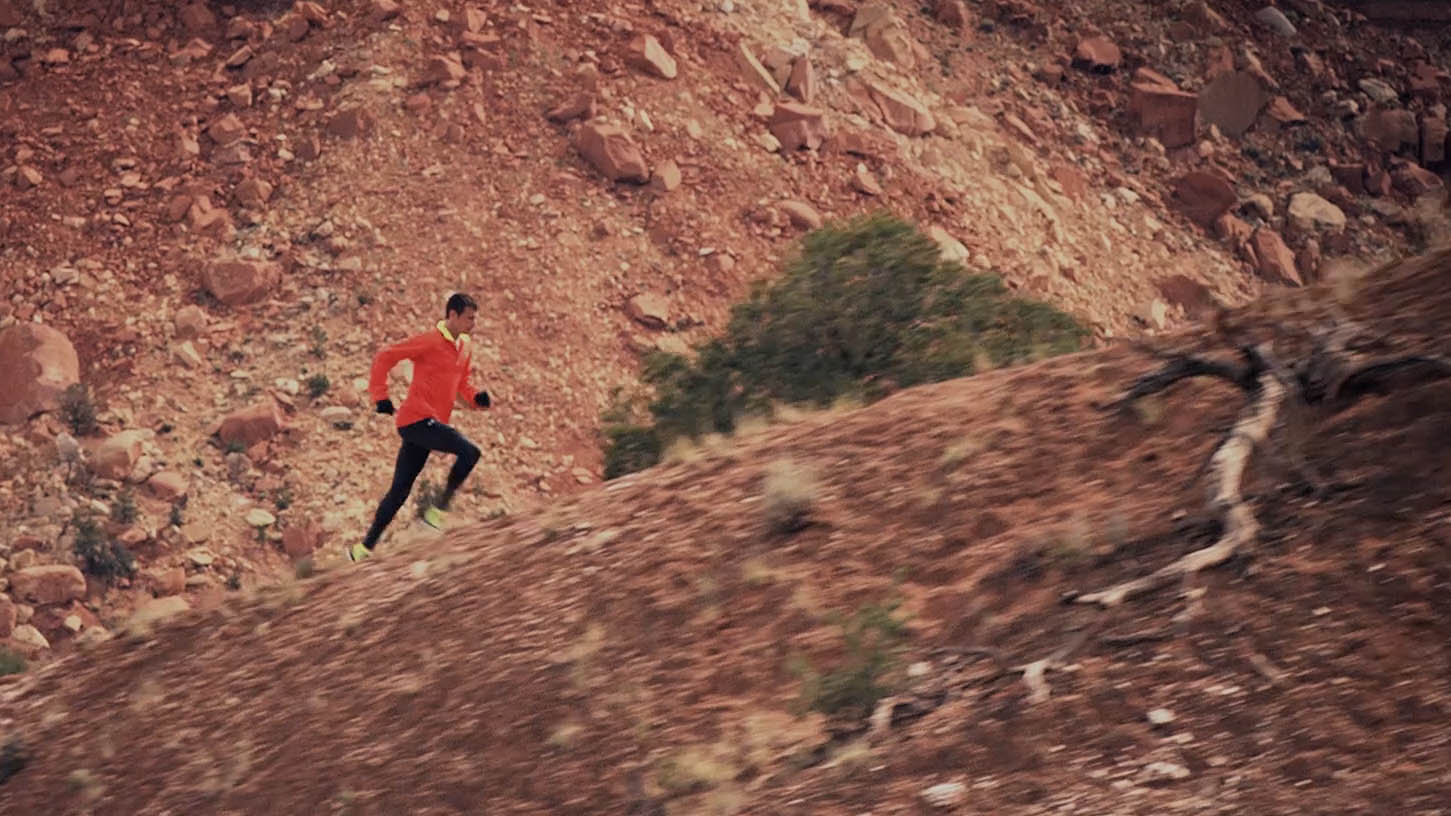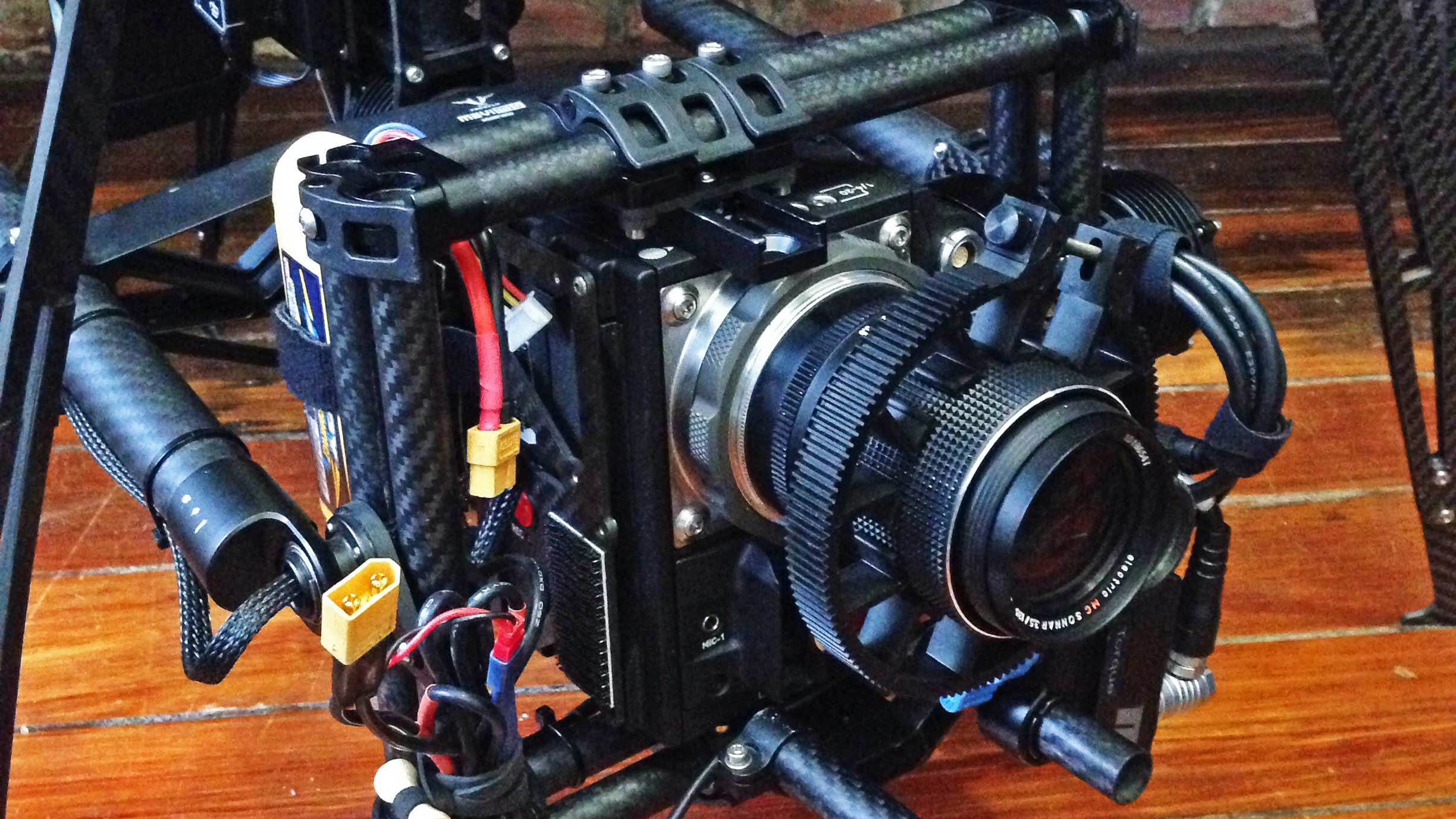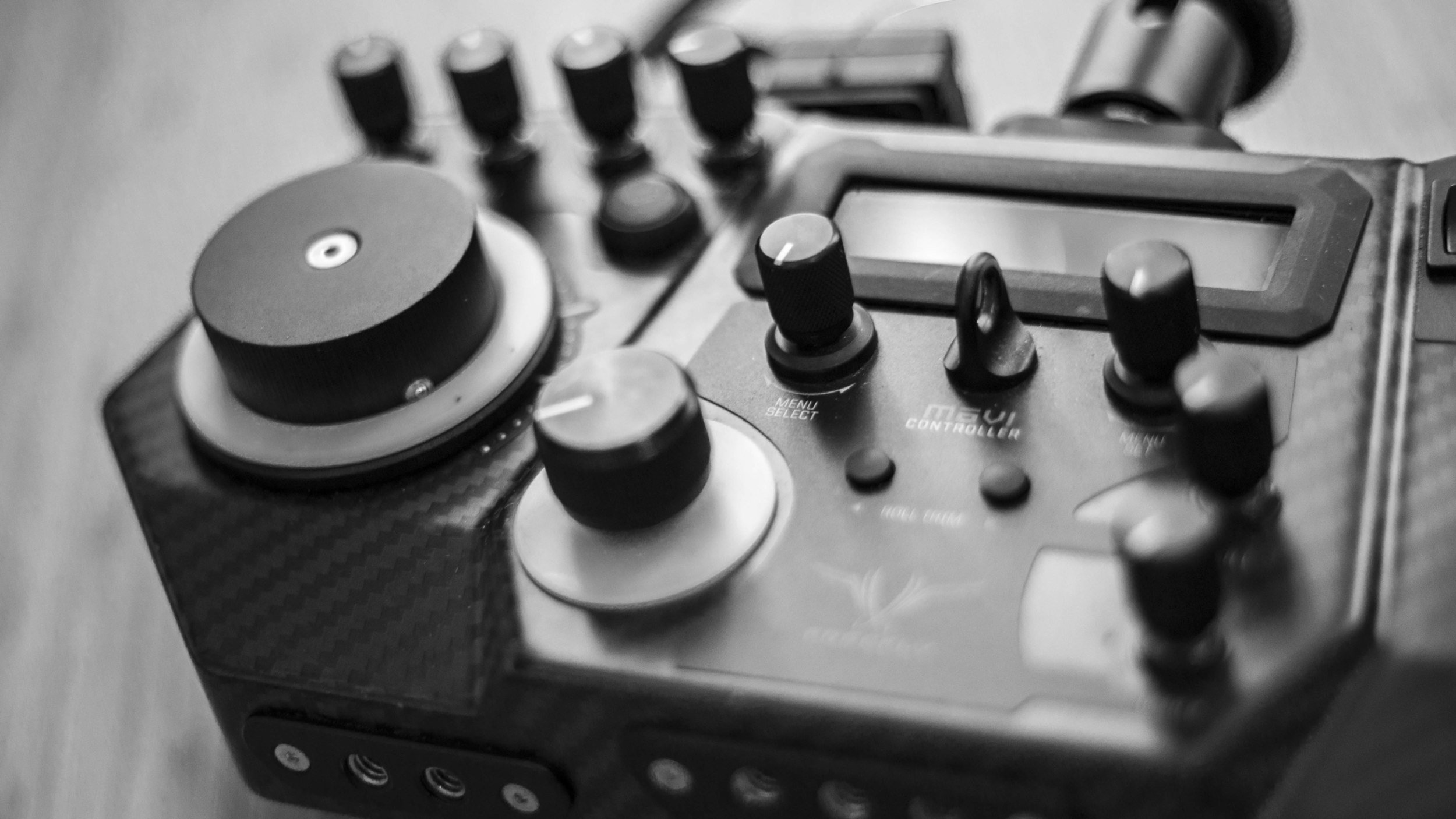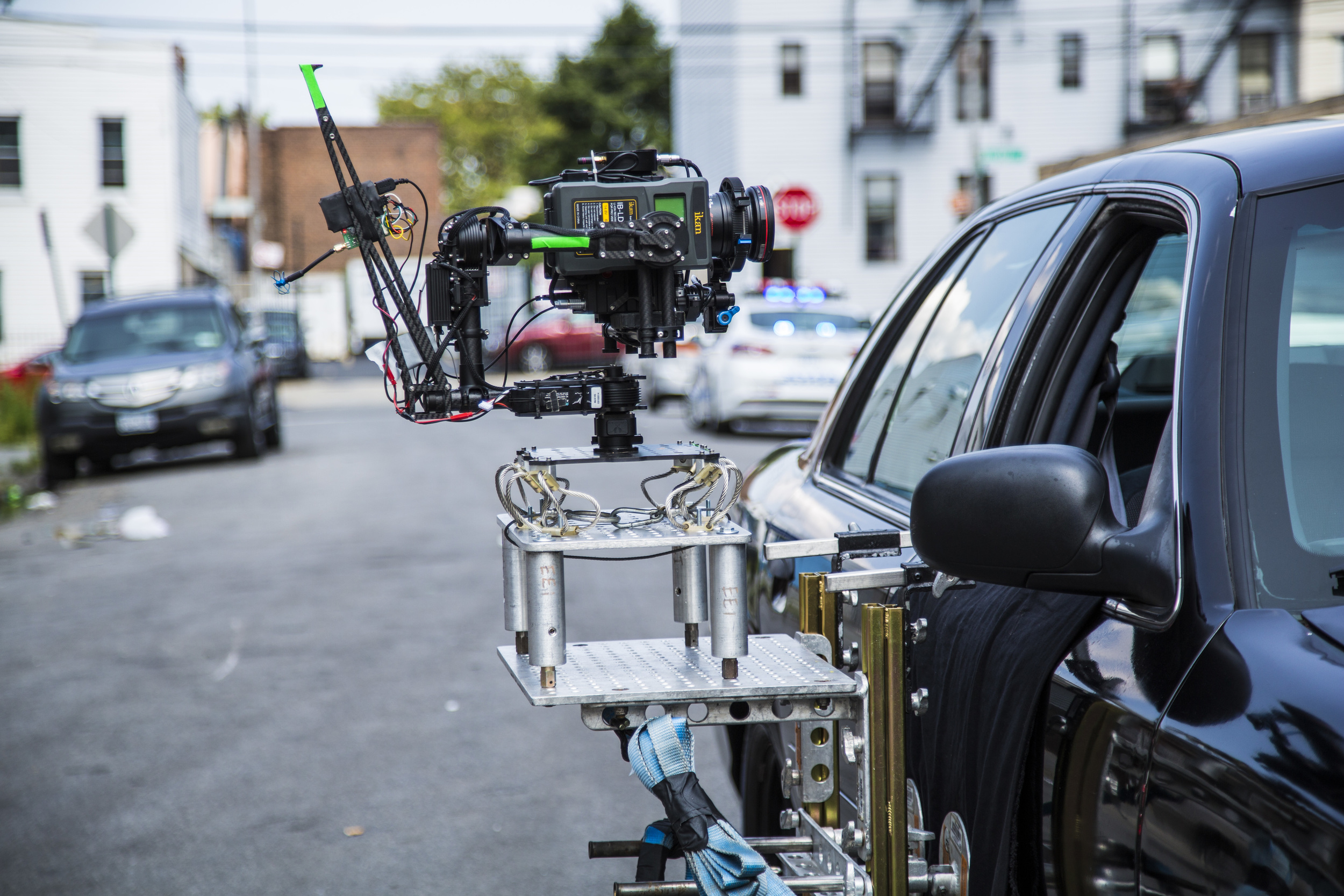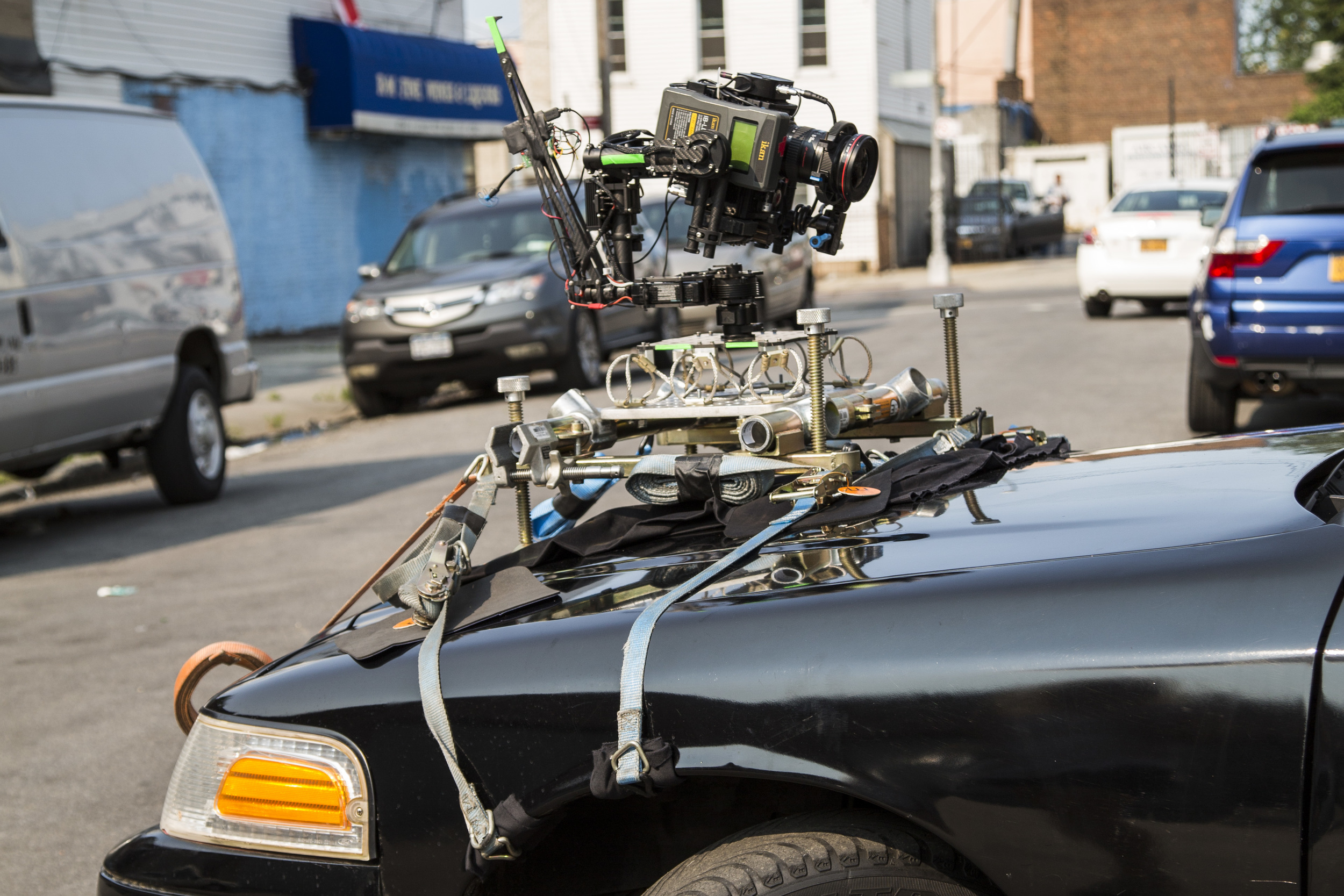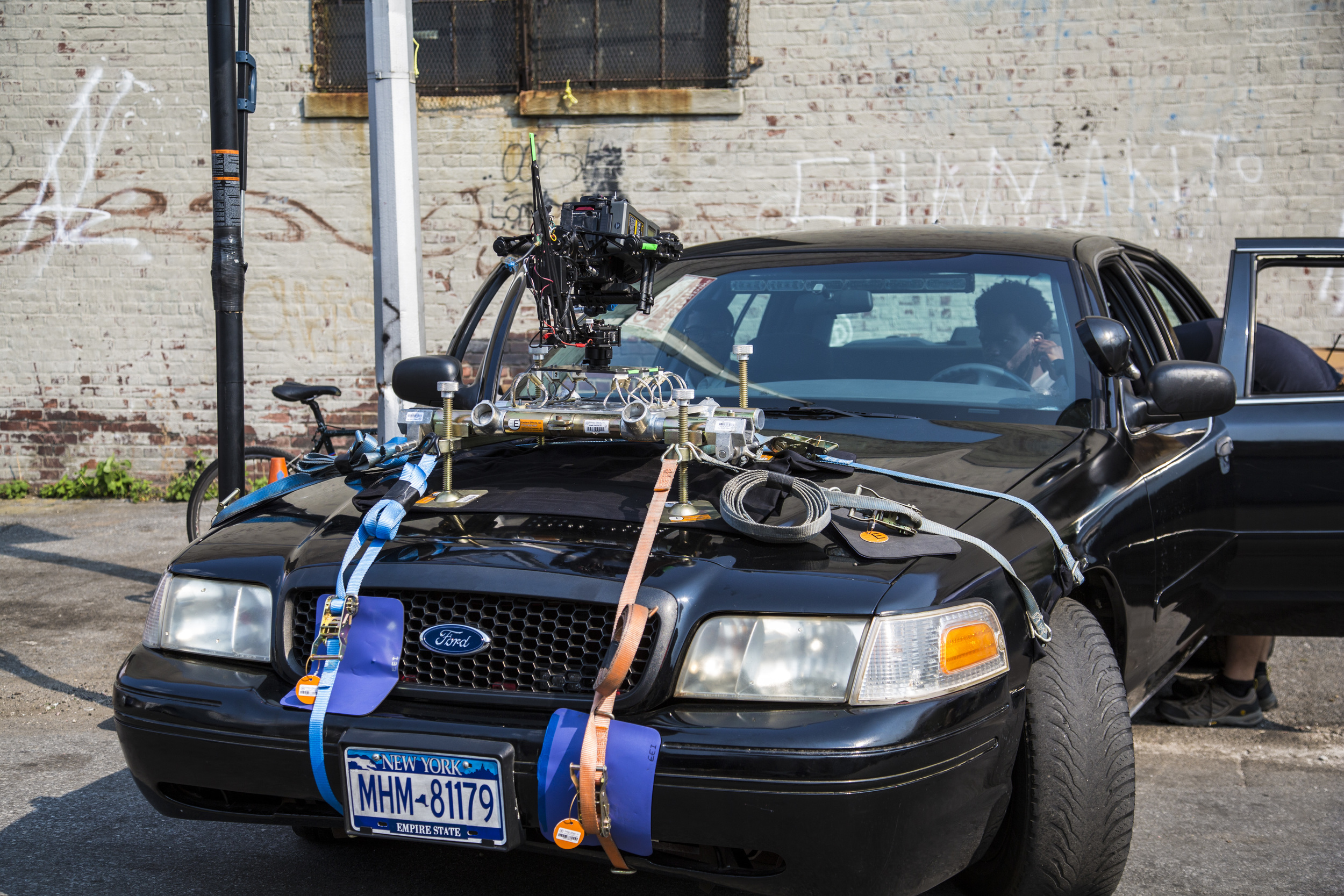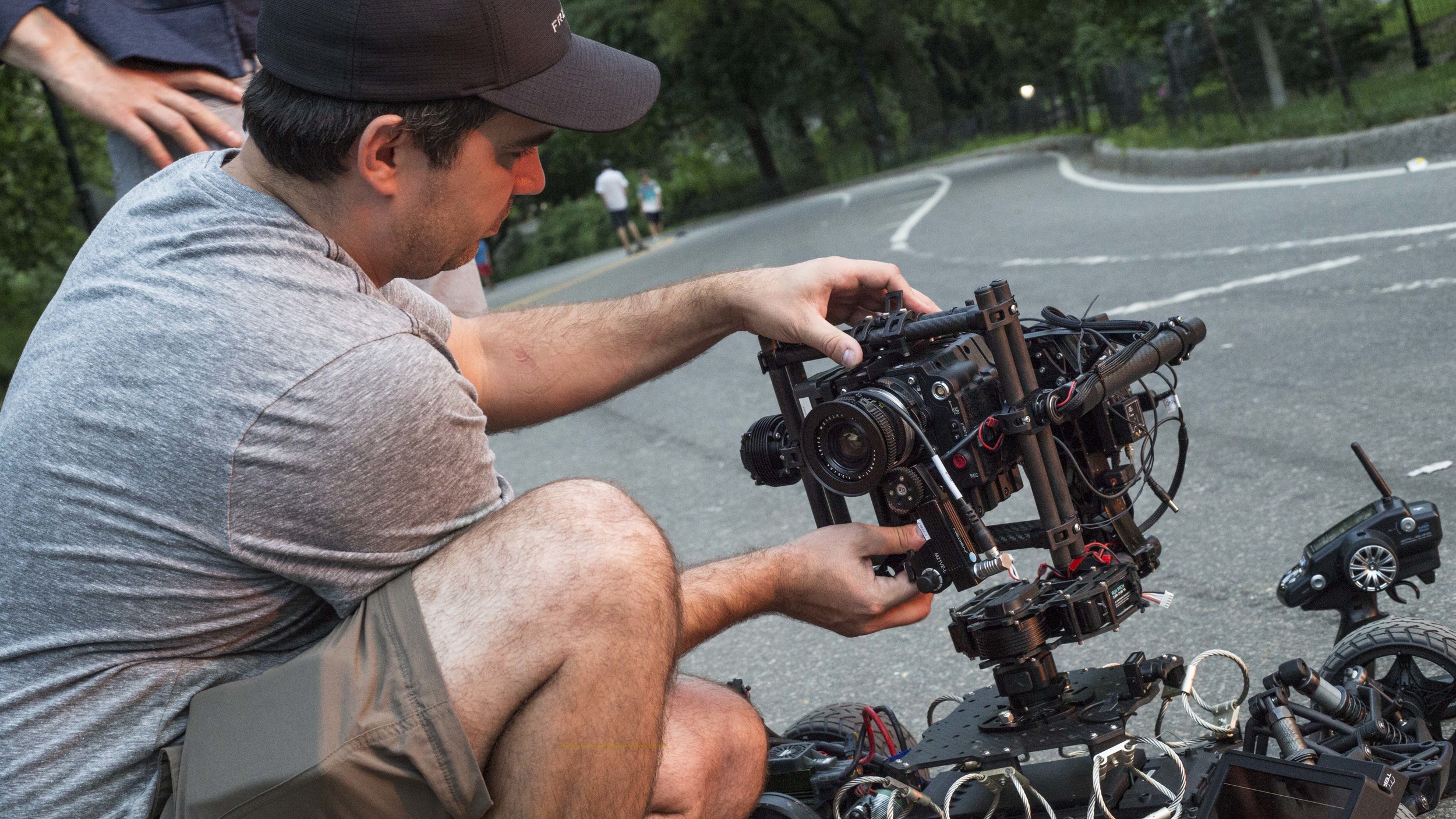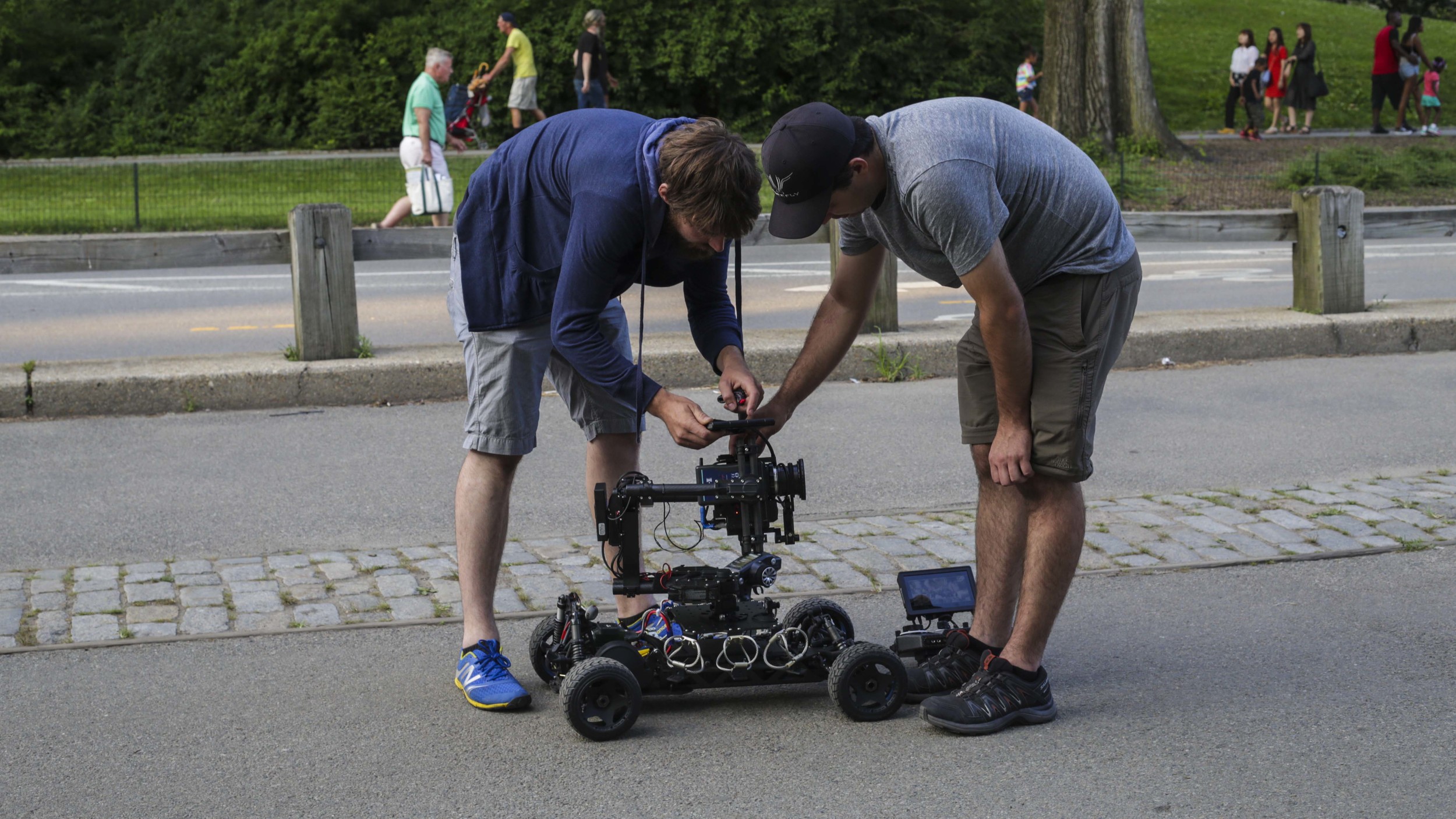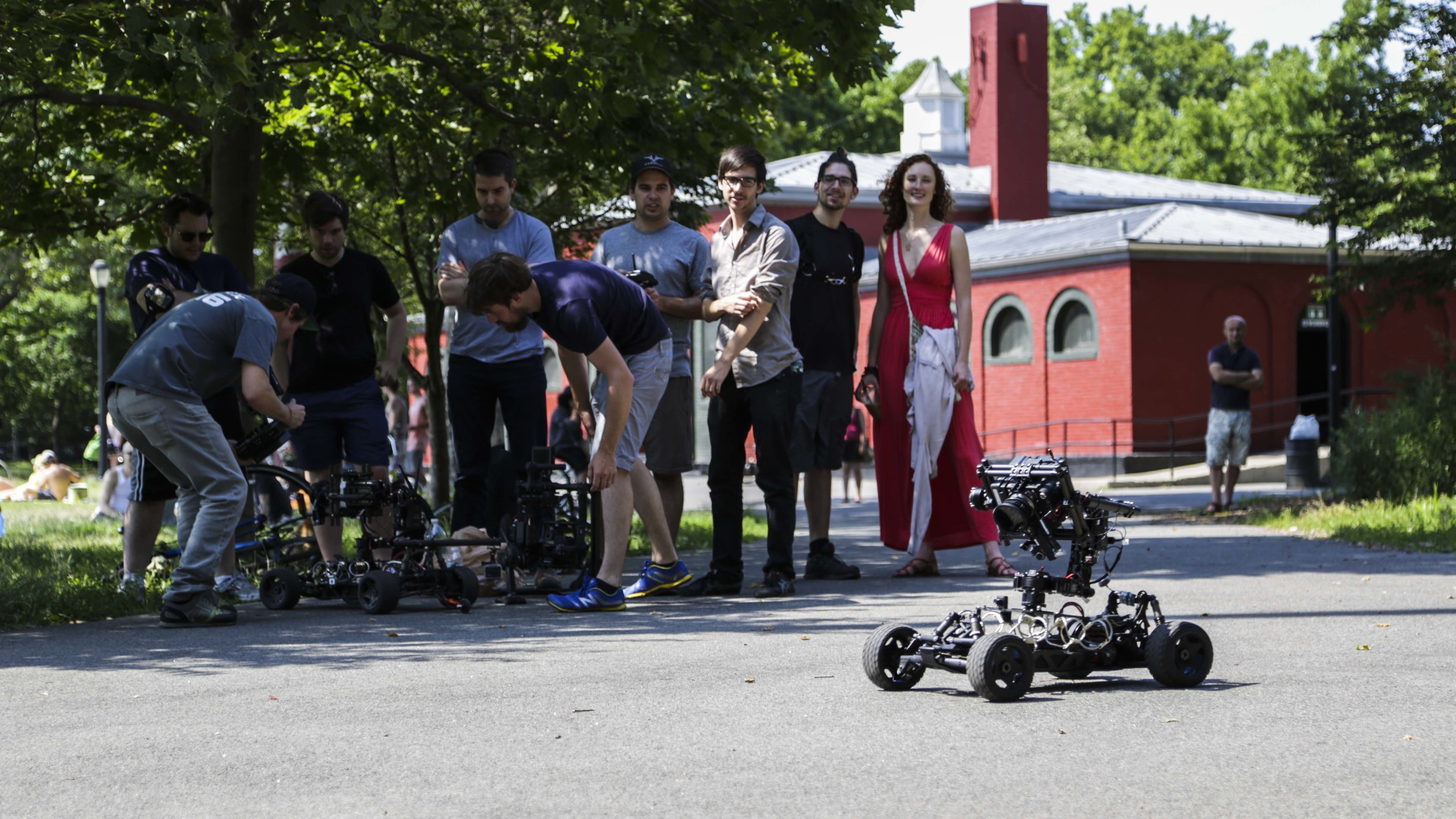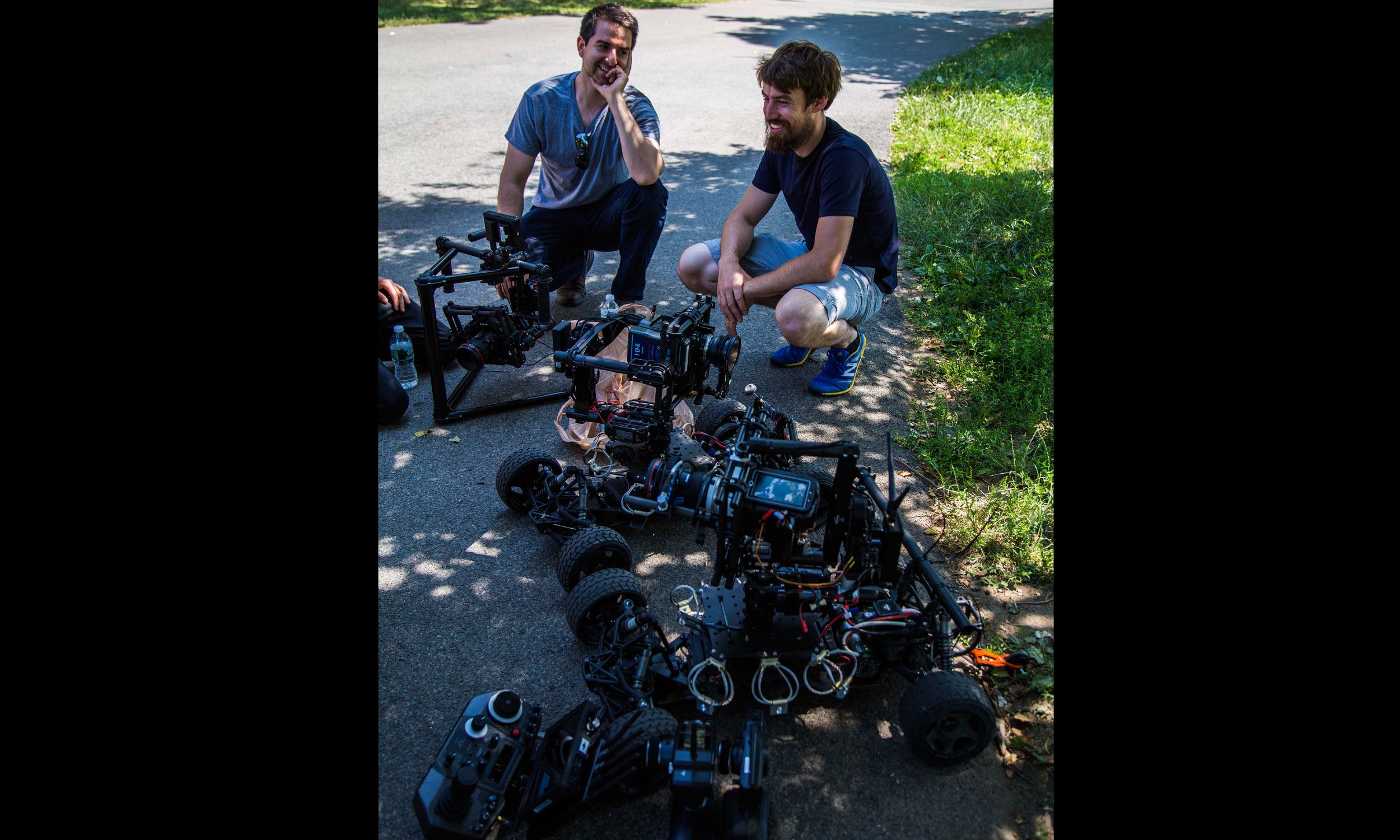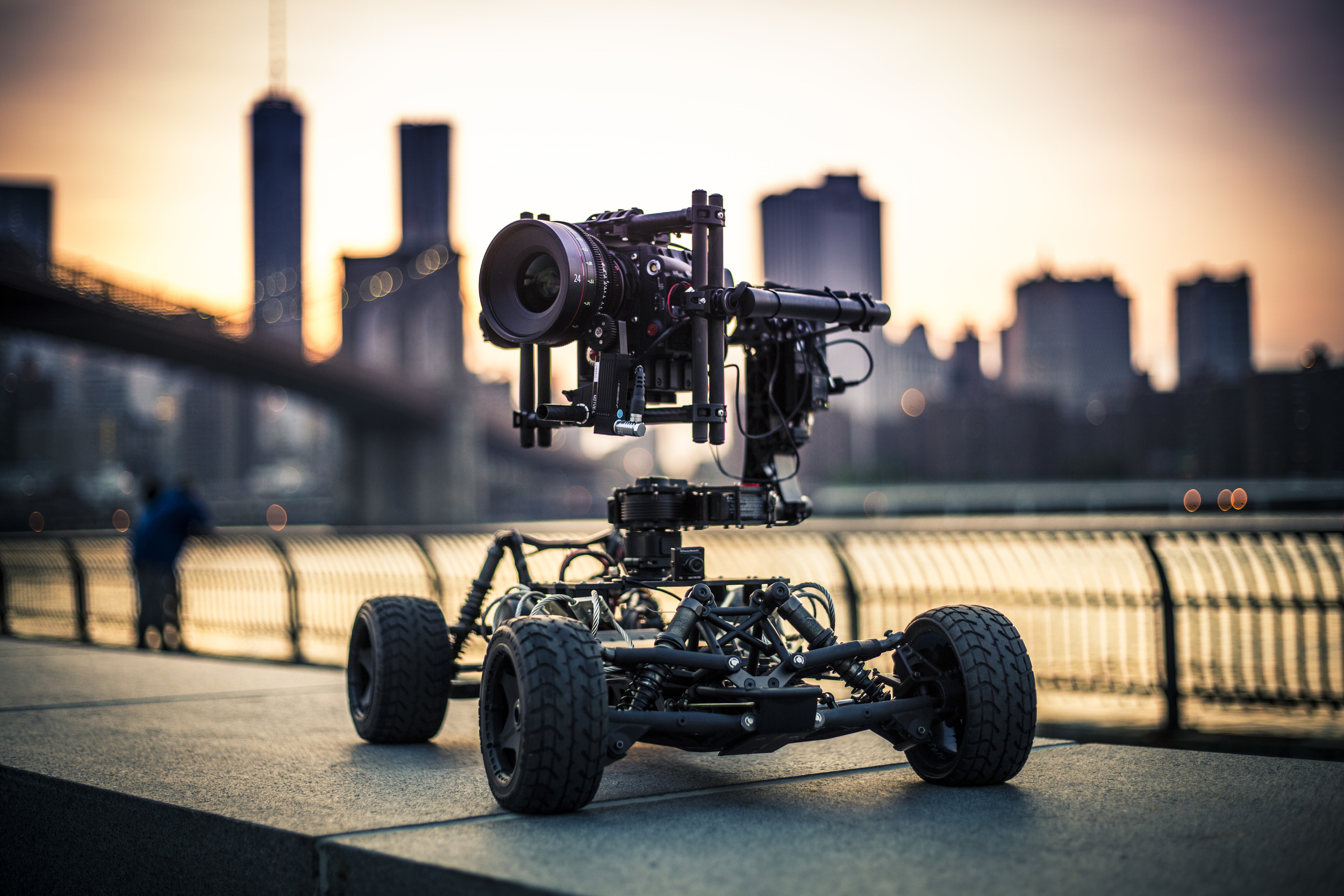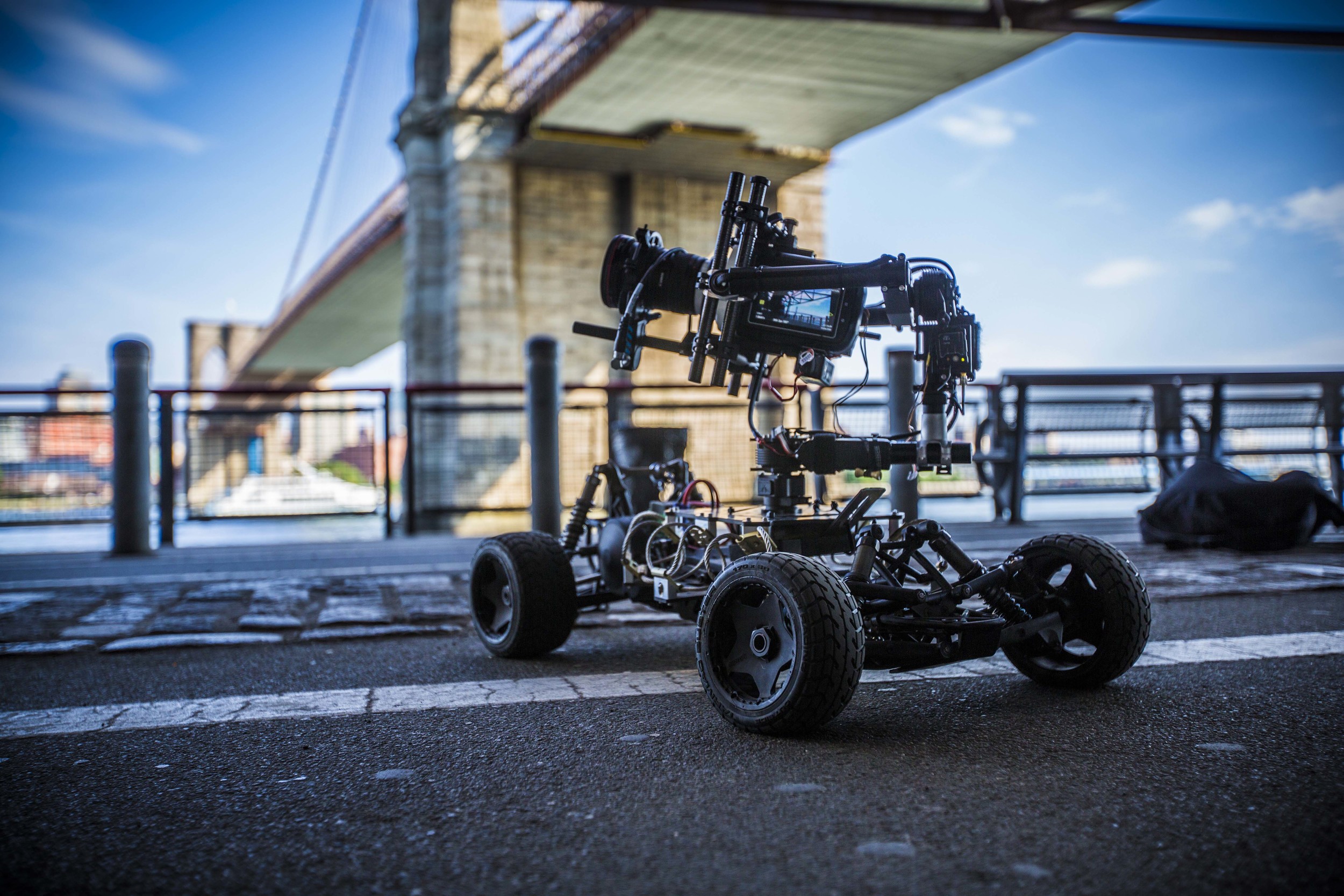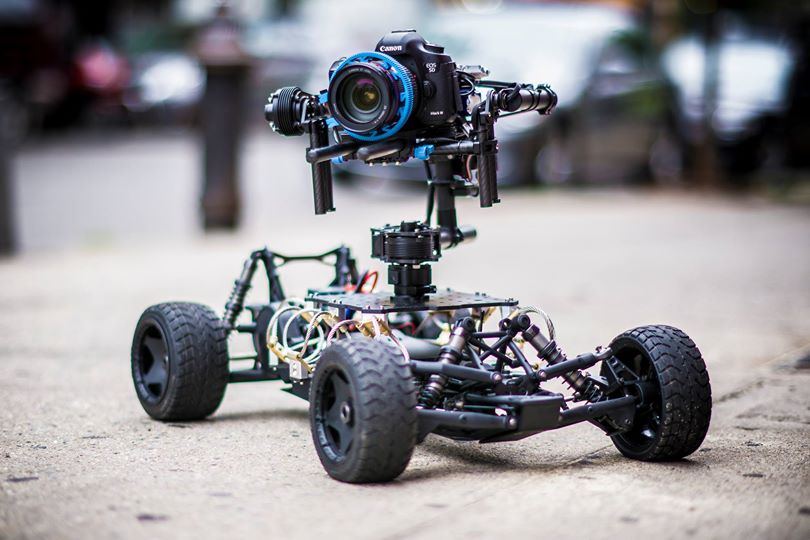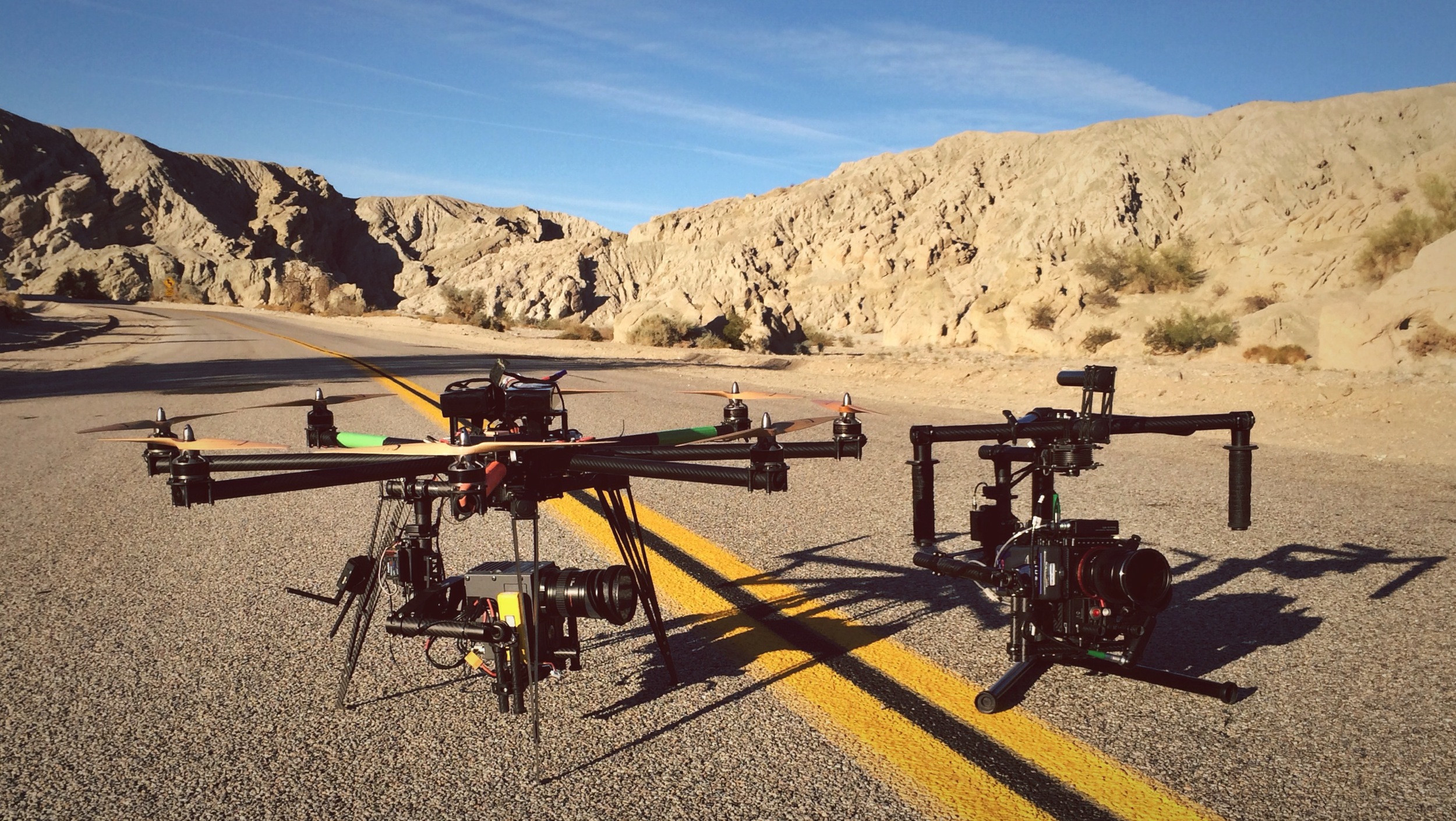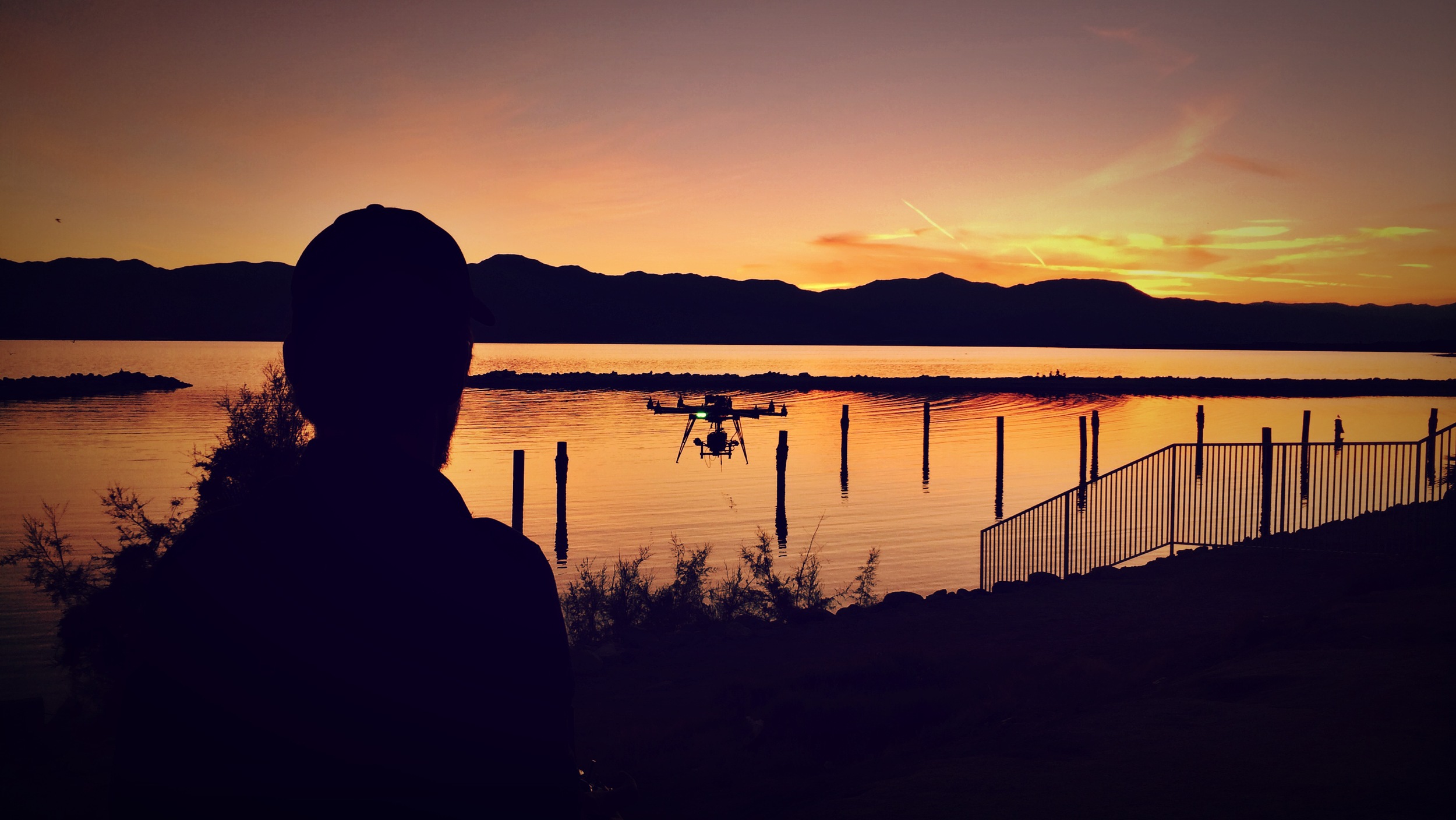We have three amazing things to announce today:
1: Brooklyn Aerials is partnering up with Seattle-based aerial company, The Aerial Edge, commercial pilot, Brad Meier from Freefly and Freefly Cinema pilot Nick Kolias. Brad has collaborated with Brooklyn Aerials in the past, where he was the camera operator on STREETS and we are very fortunate to team up with such experienced pilots who have strong backgrounds in big motion picture and commercial productions.
2: Brooklyn Aerials can now offer FAA 333 exempt aerial services. This is a huge step forward for us and will allow us to operate on big union sets, bring ease to the whole permitting process and will open up a lot of doors for future work.
3: Brooklyn Aerials and The Aerial Edge are the first production companies in the US to own and fly the ALEXA MINI. Our expertise and high quality work in this field makes us one of the leading FAA exempt drone companies in the states.
Now with the ALEXA MINI and RED Epic Dragon we have two of the best cinema cameras available and drone rigs that can reliably fly those cameras along with our Arri WCU-4 FIZ system and an Angenieux zoom, cinema primes and even anamorphic lenses.
Feel free to reach out if you have any questions. We are looking forward to hearing from you and bringing these exciting new features to your production.
All the best from the Brooklyn Aerials and The Aerial Edge Team -
Tim Sessler, Brad Meier and Nick Kolias.


